Namaste Katie,
Like many readers and practitioners my meditation practice has been all over the place this new year. I am feeling disconnected and even trying to sit still for a few minutes is a challenge. My mind is overwhelmed with everything all around. Any recommendations?
Elyse, Ann Arbor
Dear Elyse,
One thing that we continue to remind ourselves, and that you elicit so beautifully in your question here, is that this is a practice. There are times when meditation feels natural and a space of ease, and times when every moment is a struggle. We ask ourselves to practice, to give ourselves grace, and even look to a practice that offers a little more care and compassion.
One meditation that we rely on at the Yoga House is a refuge meditation. It asks that you pull into your mind a place, a person, or an ideal that you hold as a comfort, or in high esteem. Something that feels like home and that has little negative thoughts associated with it.
Some prompts associated with a refuge meditation are: I find refuge in __. I feel safe when surrounded by ___. I am at ease with ___. We may wish to write down answers to all the prompts or have one prompt in mind when we sit down for our meditation. Allow as much of the images or feeling tone to develop as feels good to you during the time you have dedicated to your practice. Pictured here is one of my refuge places, the Smokey Mountains of North Carolina, that I call up for many practices.
Namaste Katie,
This winter has felt so constricting, huddled up, and indoors. I take most of my yoga classes online, which is a gift, and yet, chilly! I am hoping to add, or modify a pose that will feel more expansive, and open up the body.
Billy, Ann Arbor
Dear Billy,
I can fully relate to this sensation–the shrinking in, and the tension held in the muscles of the body that leads us to feel smaller and tighter. Yoga classes at home are so wonderful for access, and at times we do need to create a little heat in our practice for a variety of reasons.
One posture that I find has the opportunity to create heat and extension is a Reverse Warrior Posture. We come into this pose from a Warrior II. We can setup the distance between the feet in a way that feels comfortable and safe. From here on an exhale, we allow the back arm, the one near the straight leg, to relax down toward that back leg. The front hand reaches toward the sky. We have the opportunity to reach the top arm further behind, as long as that feels comfortable, laterally bending the spine. We may also want to stick with the extension overhead.
Within a reverse warrior there are many options to explore. We may want to change the position of the gaze and explore the movements of the neck. If we find any pinching or pain, remind yourself to back out. We have the opportunity to flow in this space, which can create a little more heat in the posture. An inhale moves us into the Warrior II, and an exhale into the Reverse Warrior. As always, if the hold is giving the expansiveness that meets our needs, we can hold there and settle into the breath.
Namaste Katie,
My therapist recently told me to add breathing practices to my day. In yoga class, the practices that we do are a little noisy, or uses our arms, and I am not quite sure that I want to do those at work! Any that I can do throughout the day?
Hayley, Ypsilanti
Dear Hayley,
Yes, indeed! I love that recommendation. Breath practices are incredibly grounding and help all of us to manage stress and anxiety. Having those that restrict the throat and create a bit of noise is one way to draw focus in multiple ways, but it is not the only way.
One way discussed in nearly every yoga text, is the practice of diaphragmatic breathing. In this practice we are actively drawing the diaphragm down toward the pelvic floor, creating space for the lungs to expand. We often experience this sensation as the abdomen expands as we fill the lungs with air. It can be a challenge when we first start to engage the diaphragm and draw it deeper into the body, to allow the lower abdomen to shift, creating space higher in the body for the expansion of the lungs.
One practice that you can do, in the office, or the yoga studio, is to allow one hand to rest on the lower abdomen and feel the rise and fall of the abdomen as you play with the breath. Notice the breath in its resting state and then start to expand the breath. If you are in a place of tension, a meeting perhaps, allow the hand to rest there, as you draw the breath deeper into the body. Take a few of these deep breaths as you track the movement of the breath and the body.
Katie Hoener is a RYT 500, receiving her 200 and 500 hour trainings. She is also a Licensed Master Social Worker and a partner at Verapose Yoga in Dexter (veraposeyoga.com). Please send your own yoga questions to katie@veraposeyoga.com.
Related Articles:






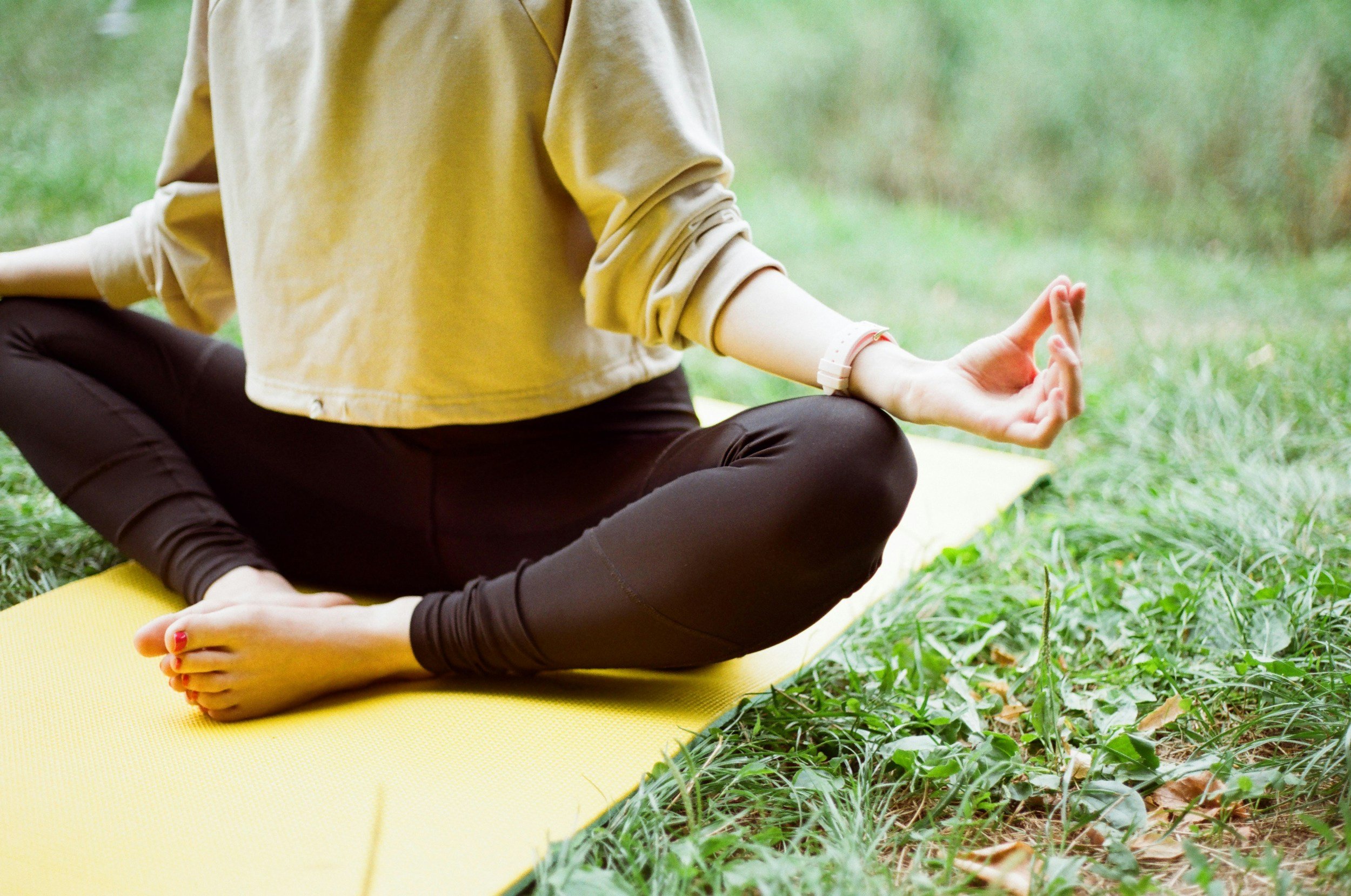







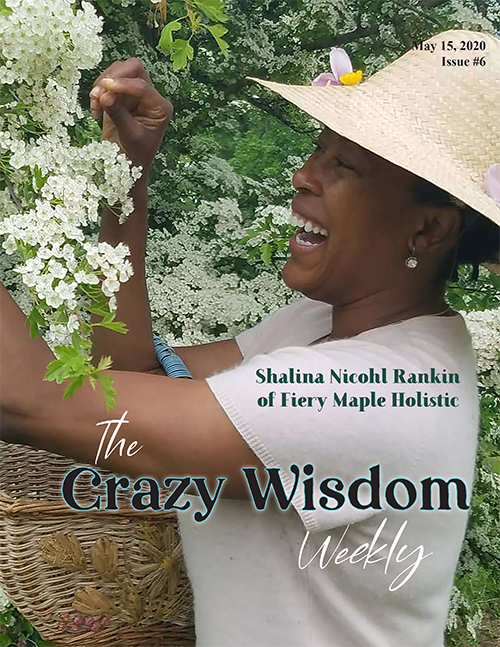
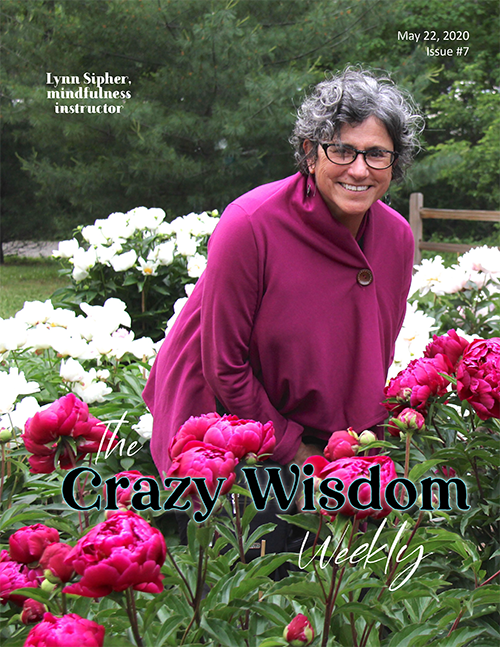


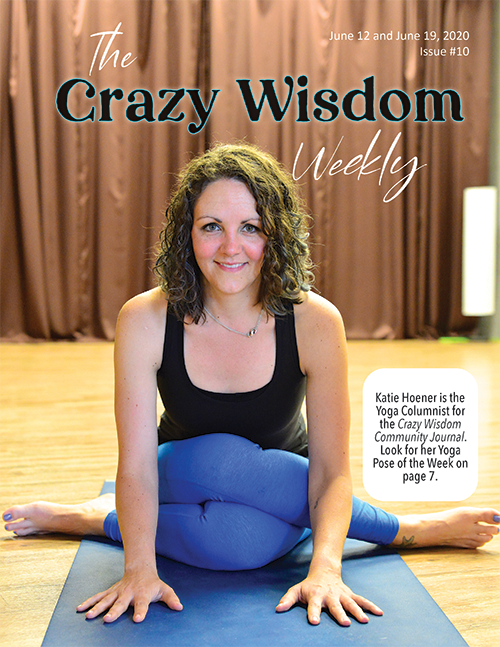
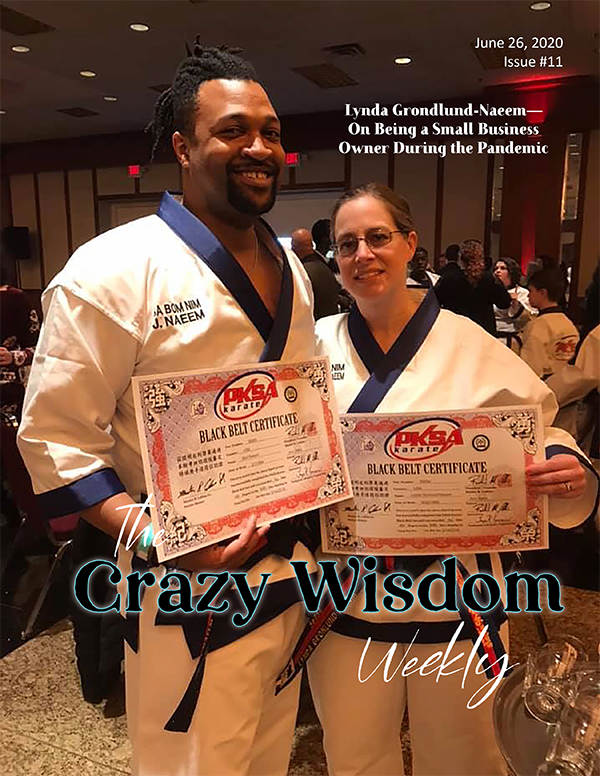
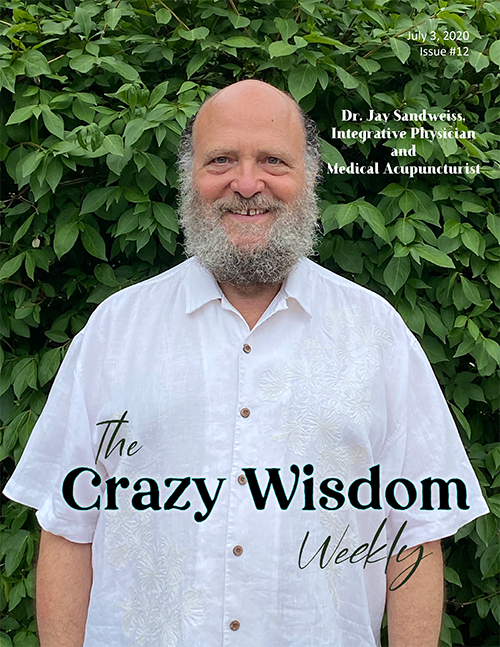

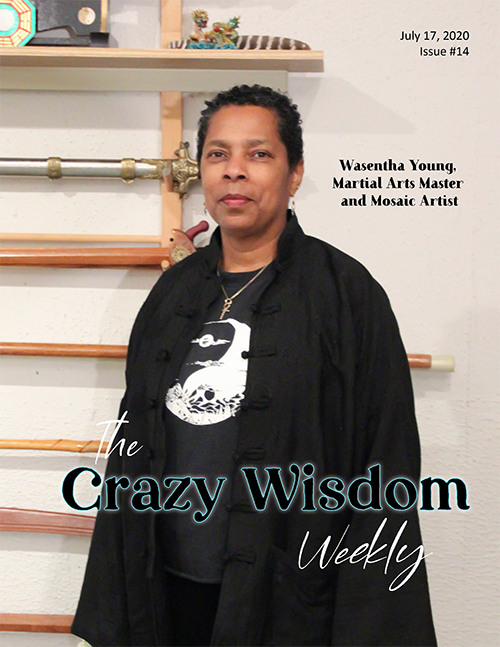
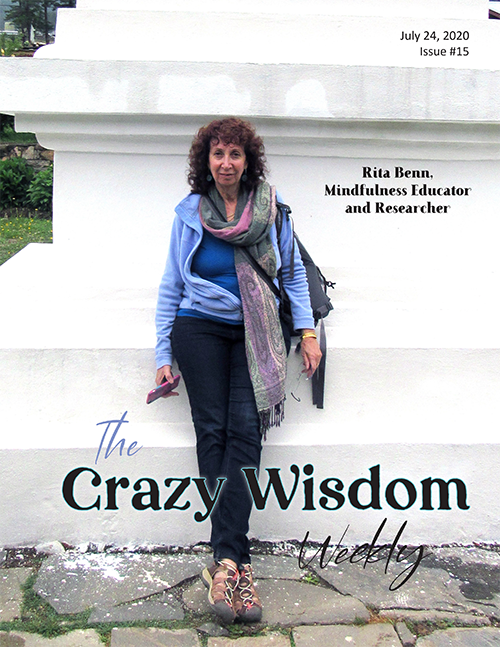

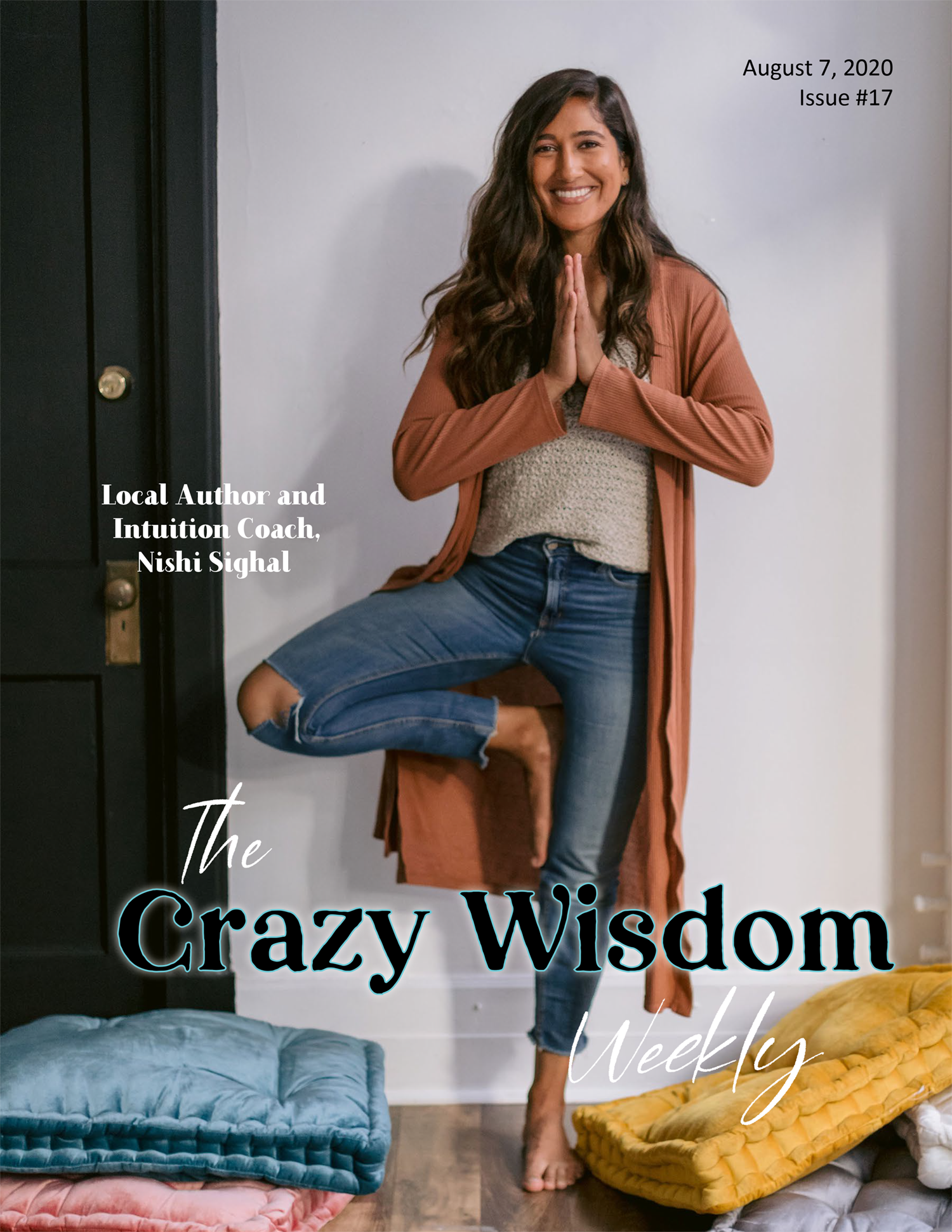

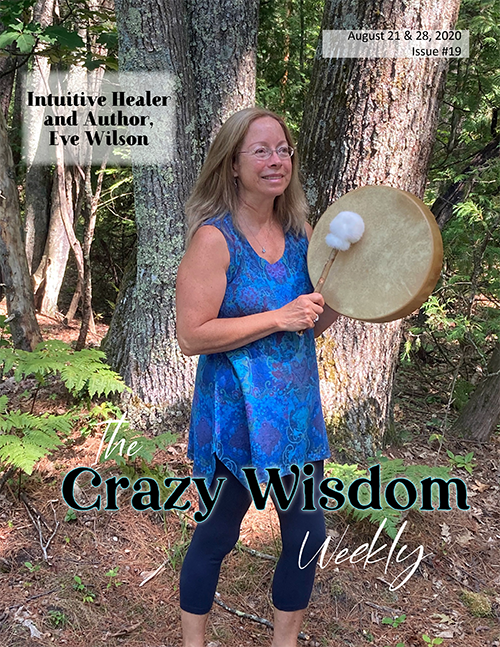





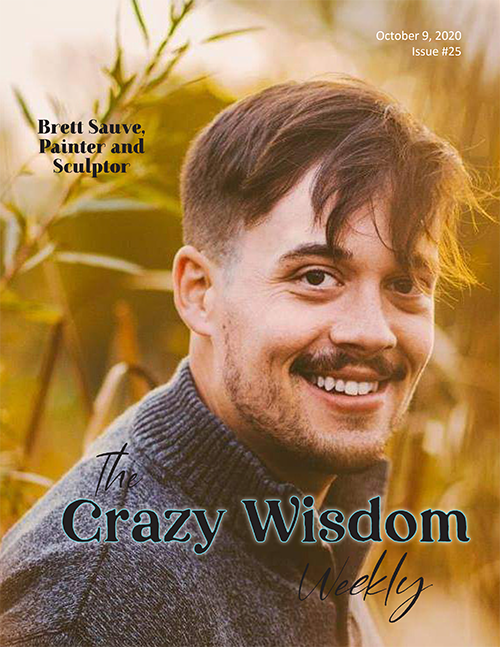
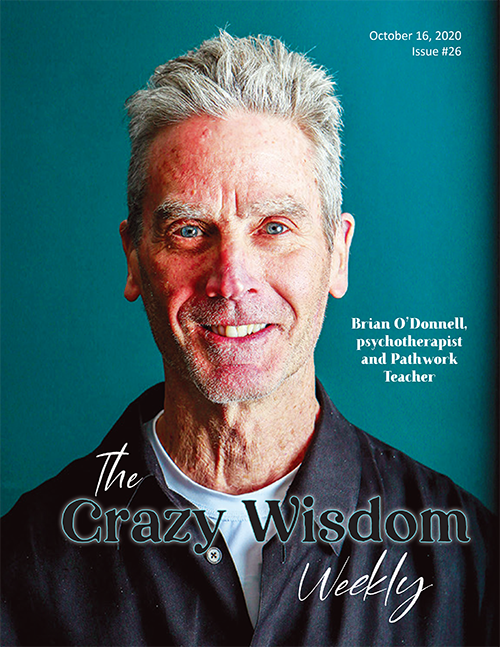

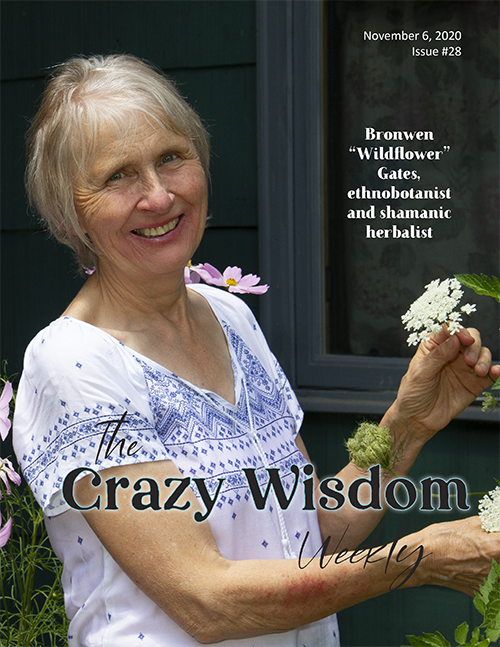
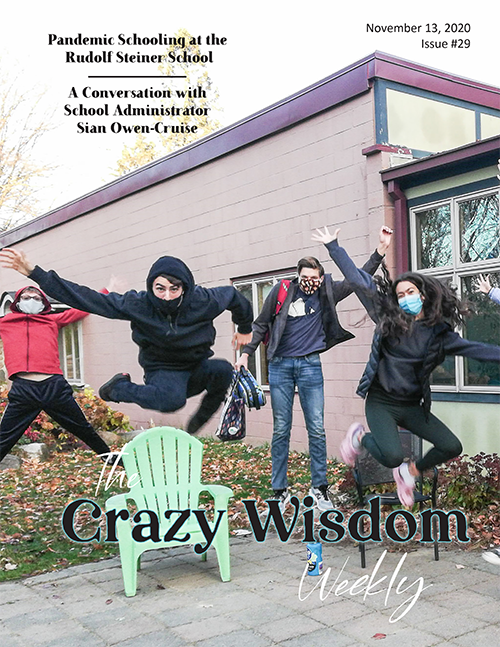
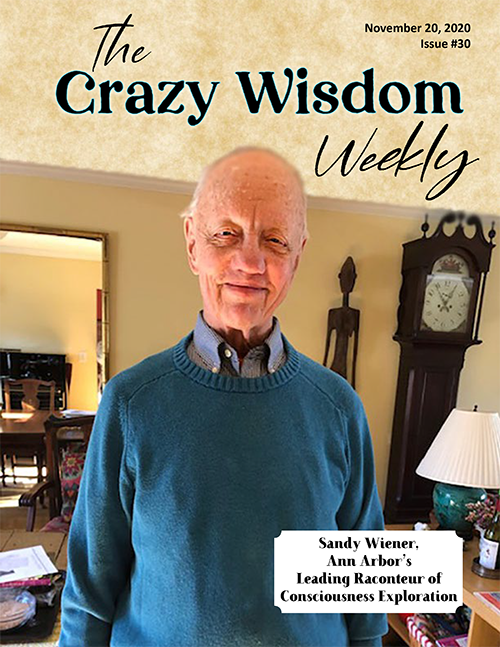
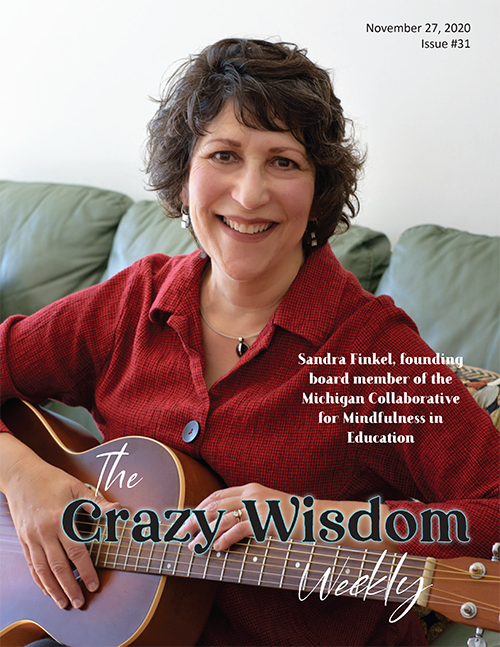
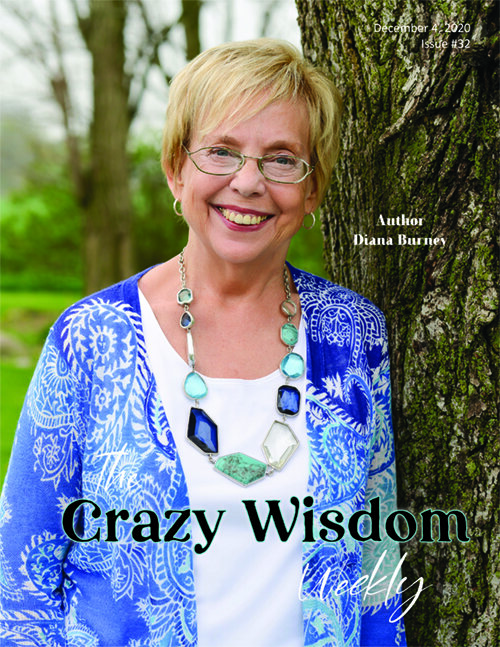

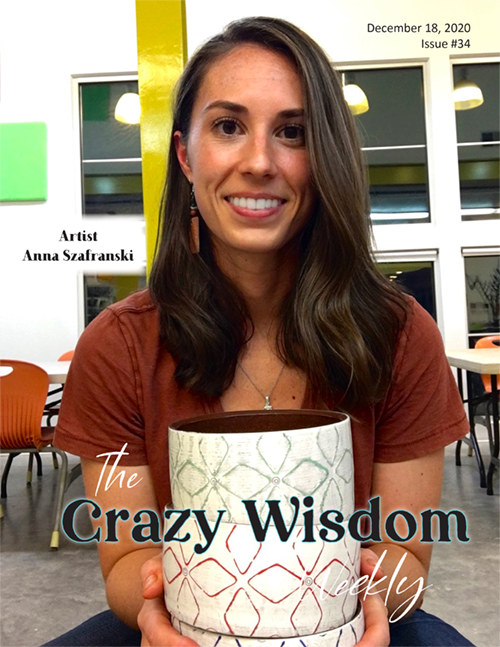
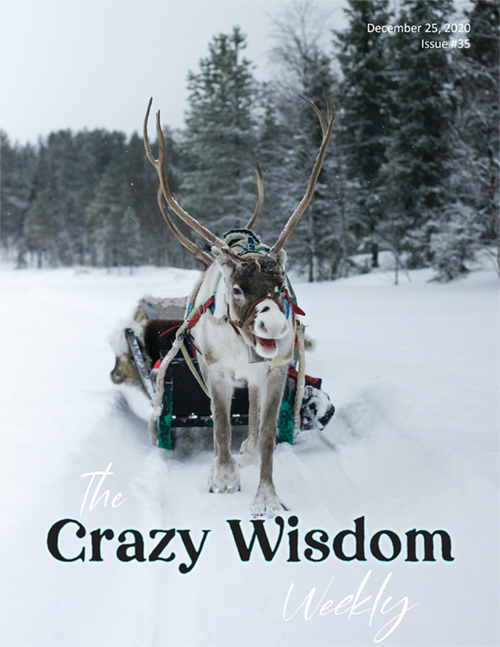
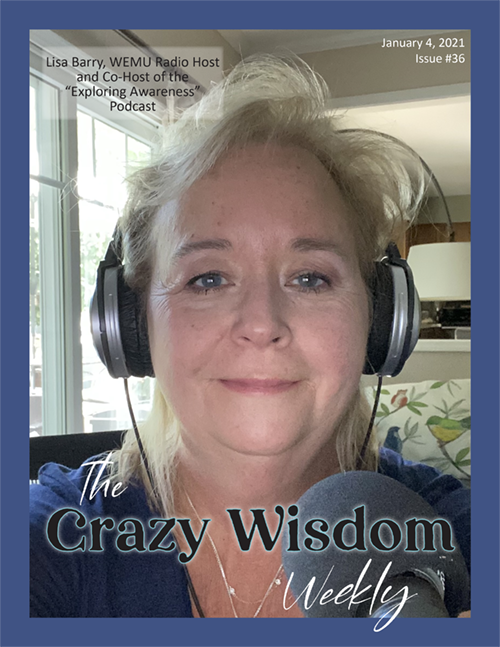
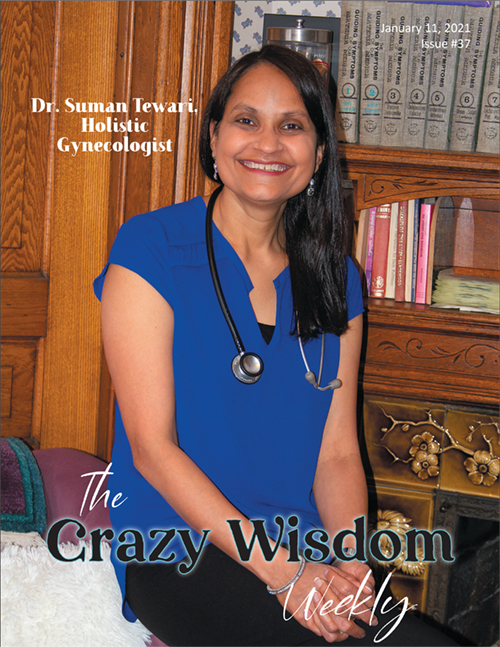





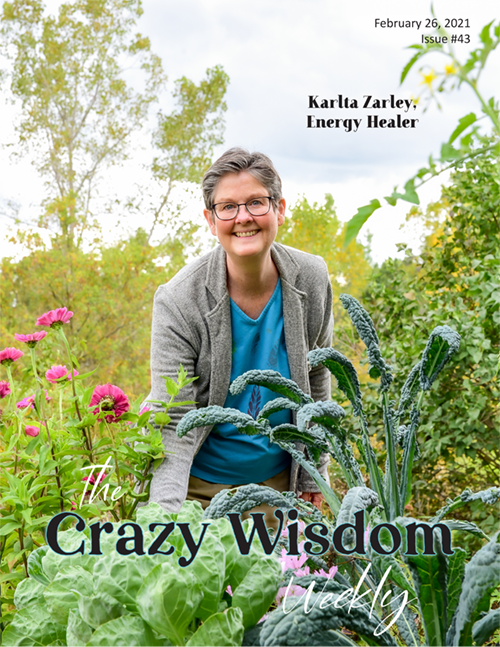
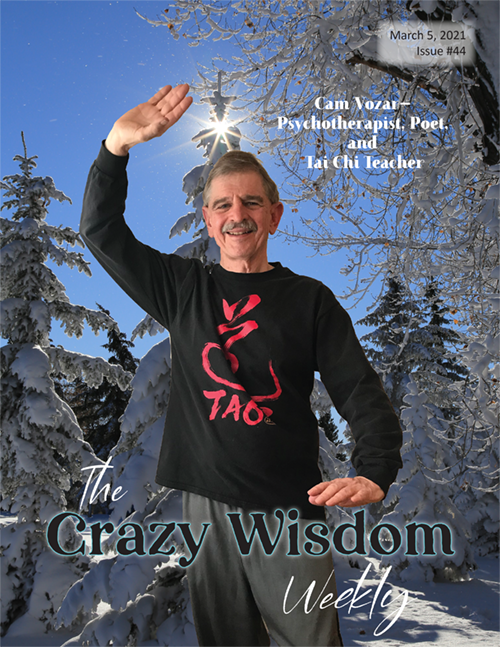
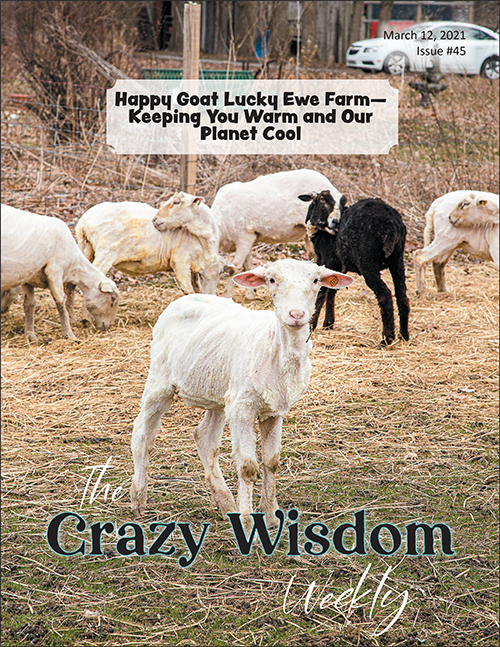
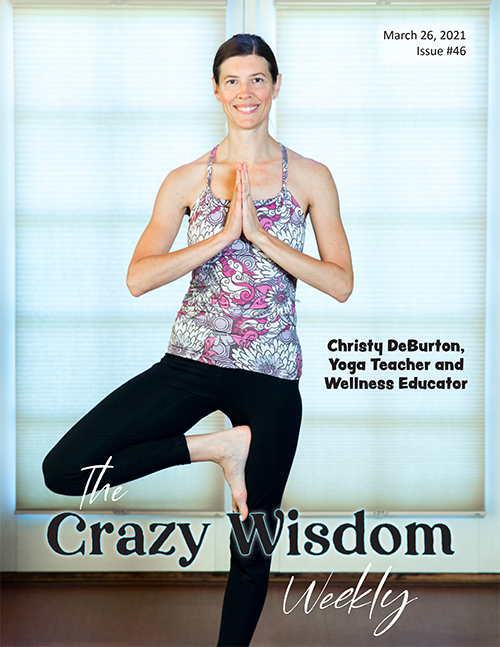



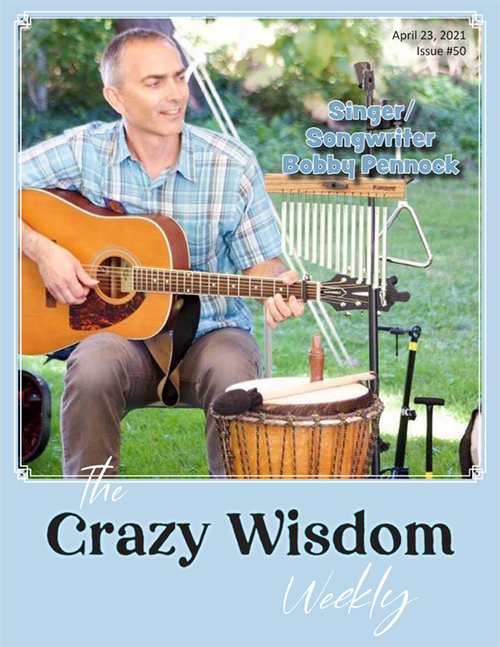




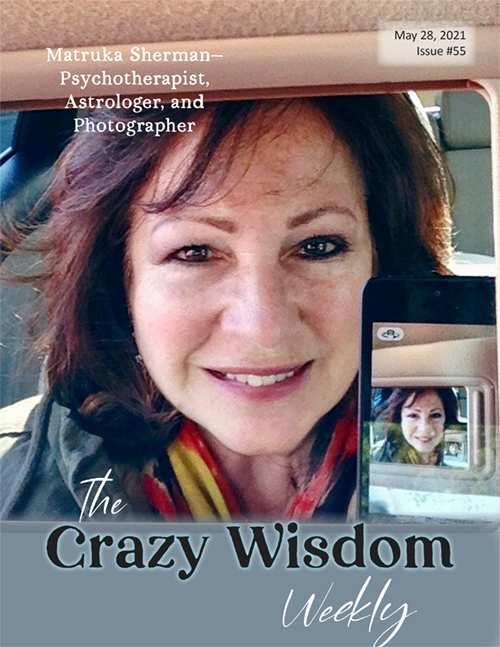
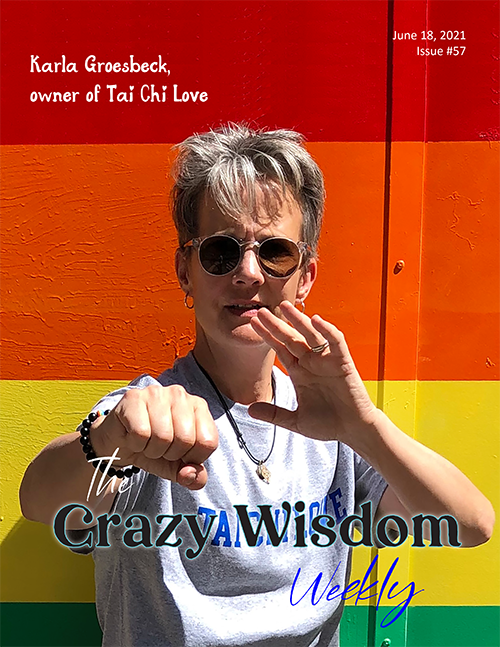
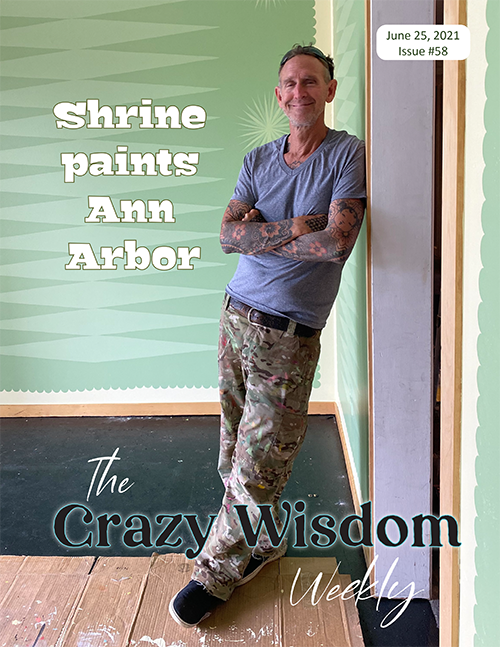
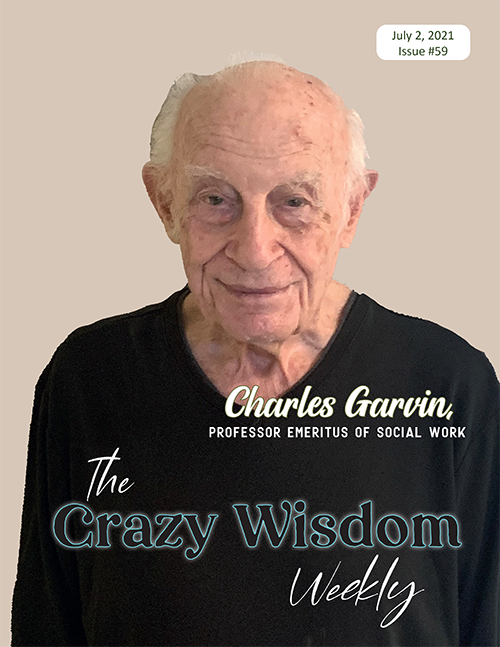

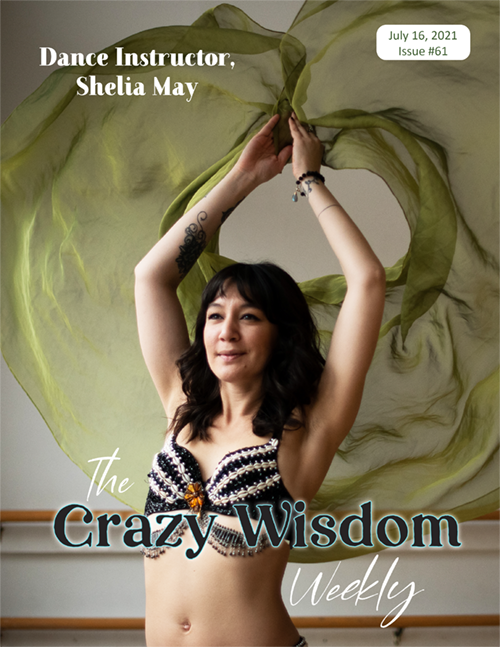

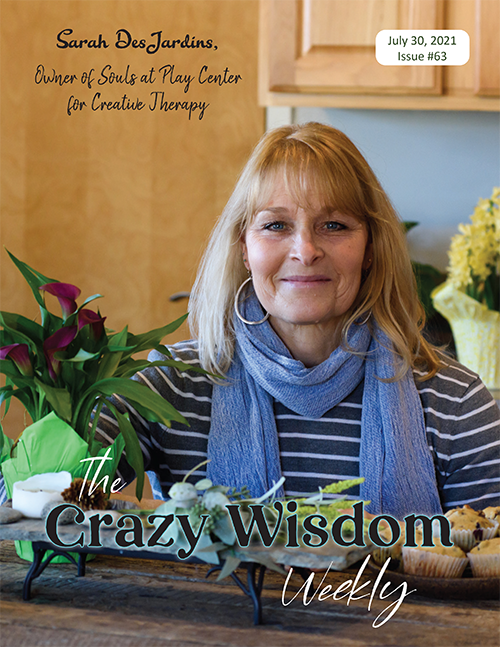
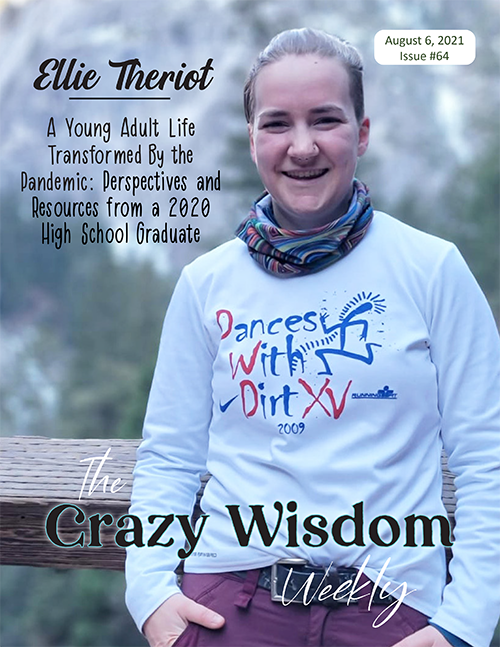
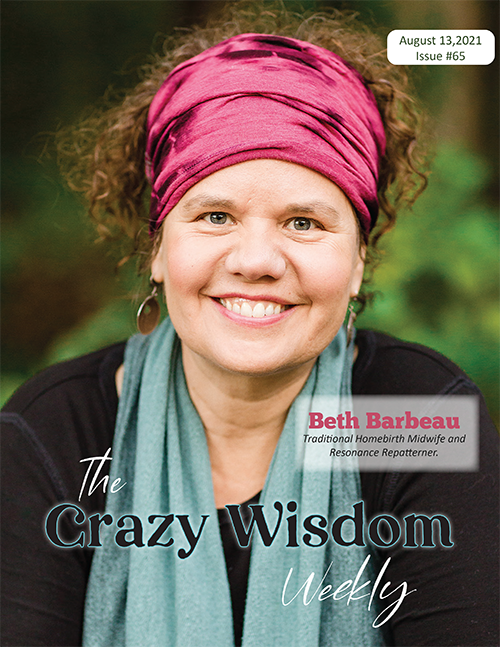

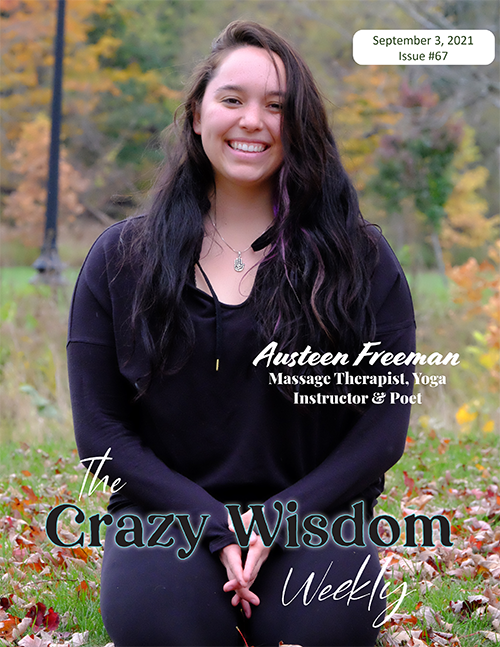
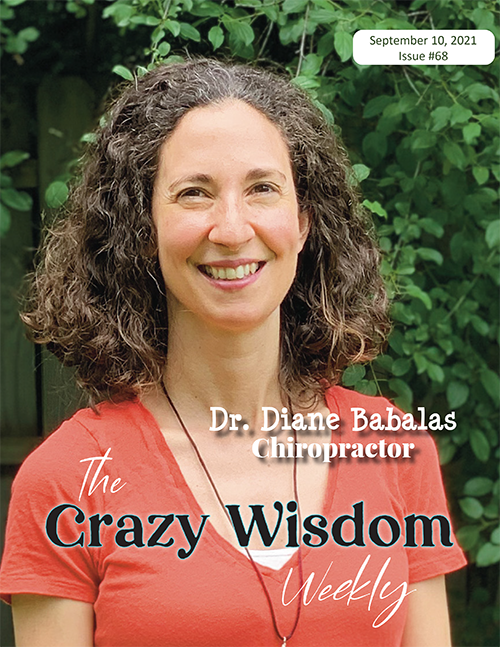
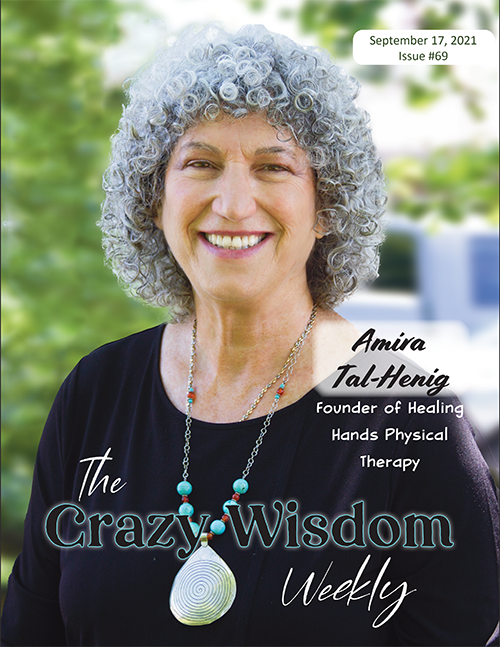
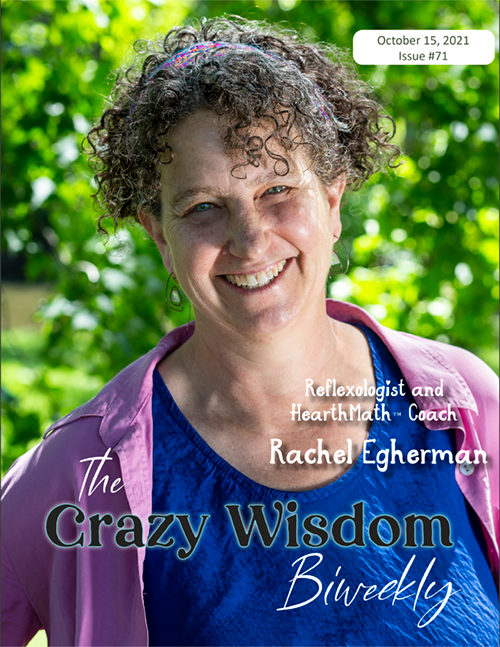

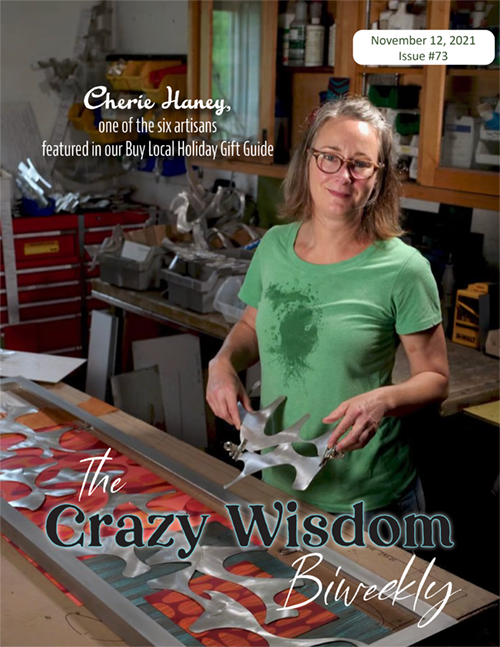
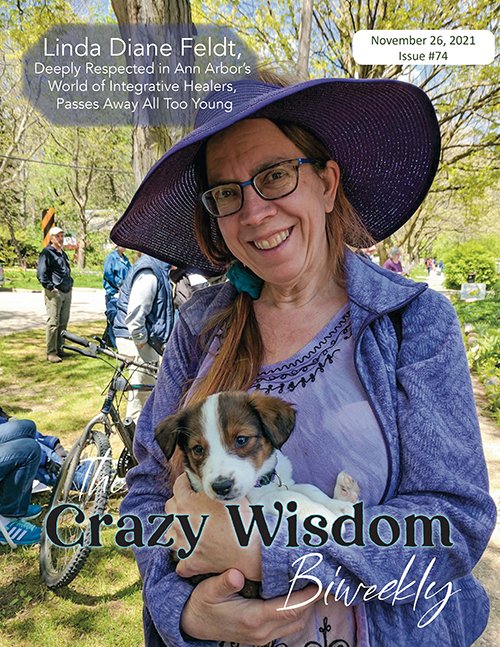
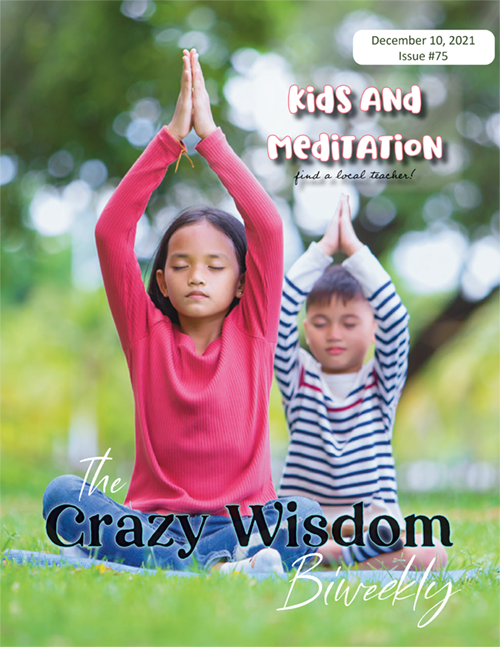


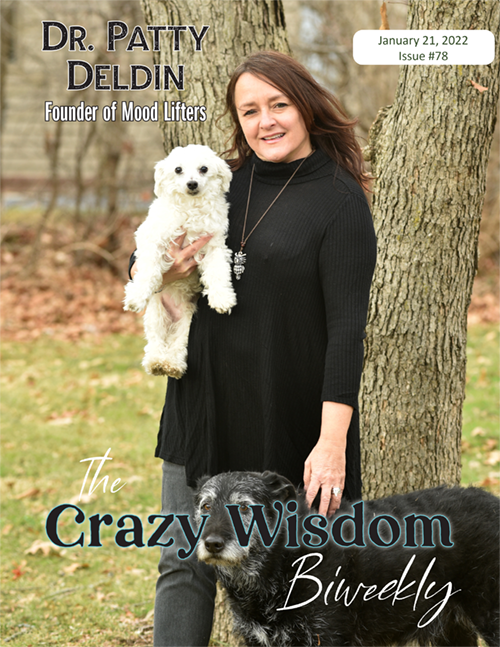


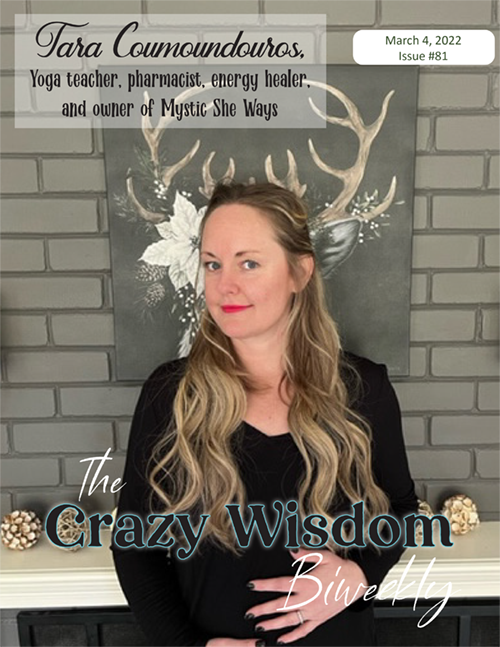

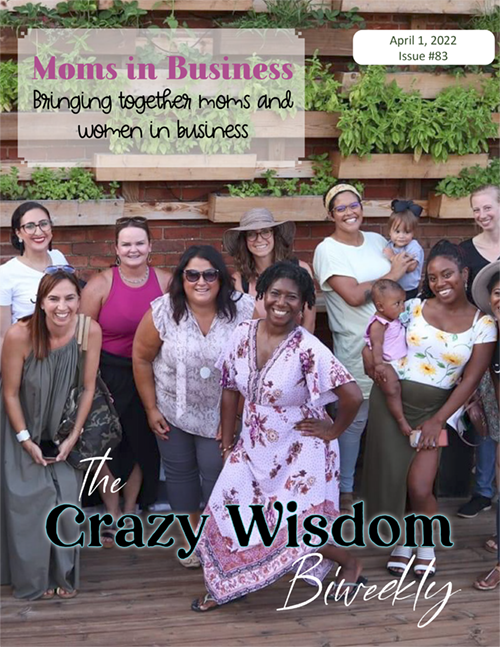
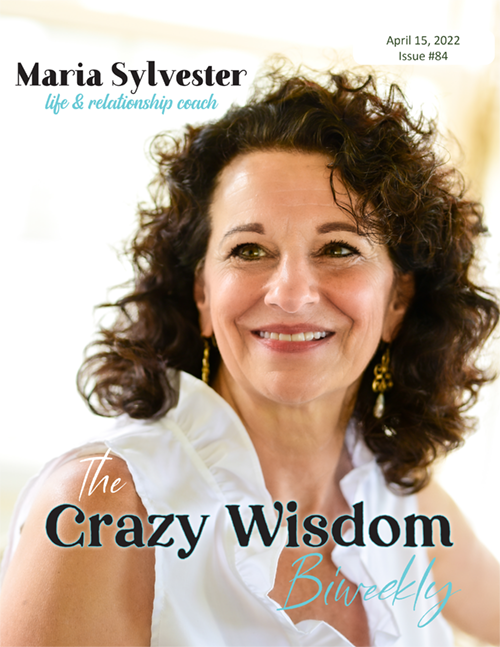

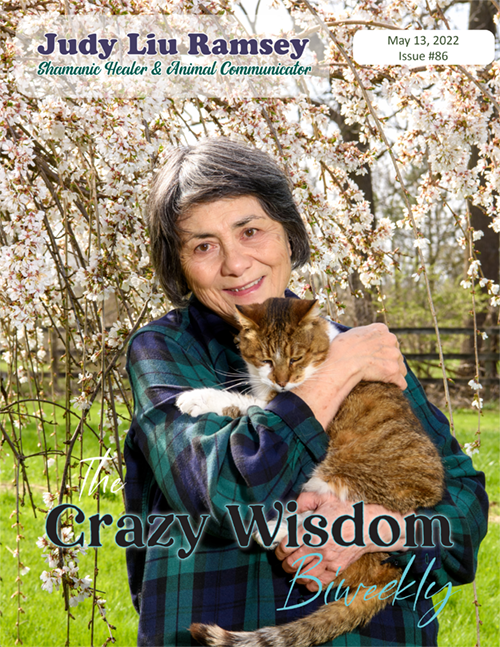




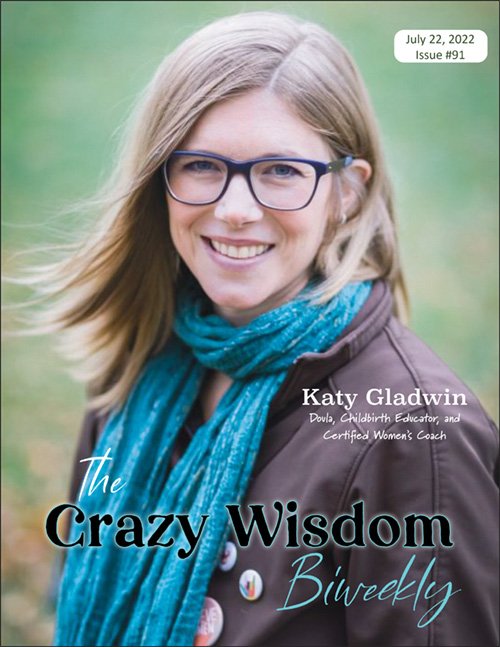
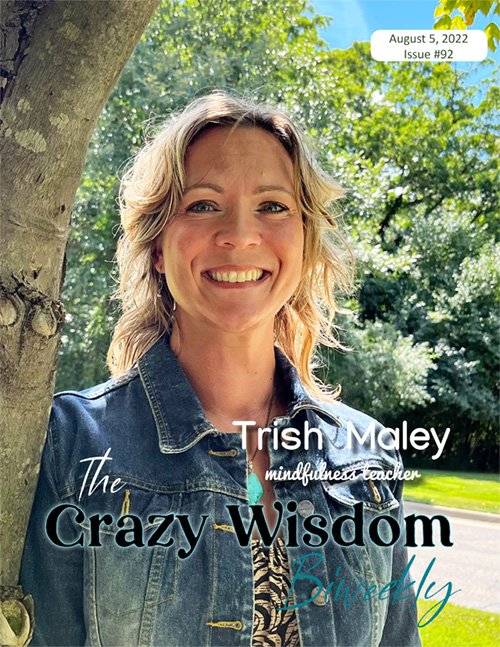
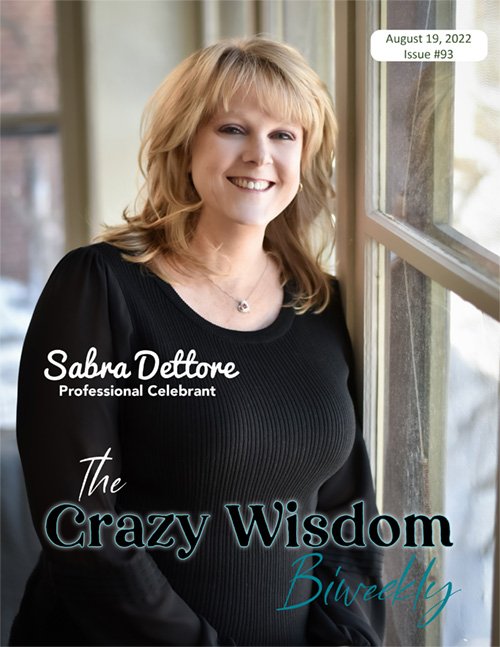
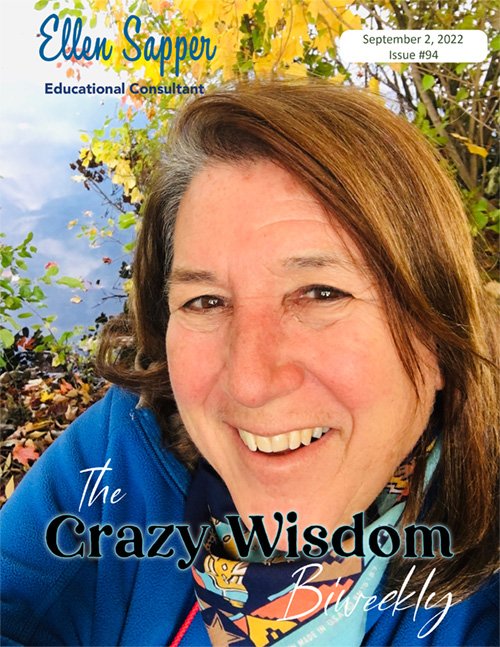
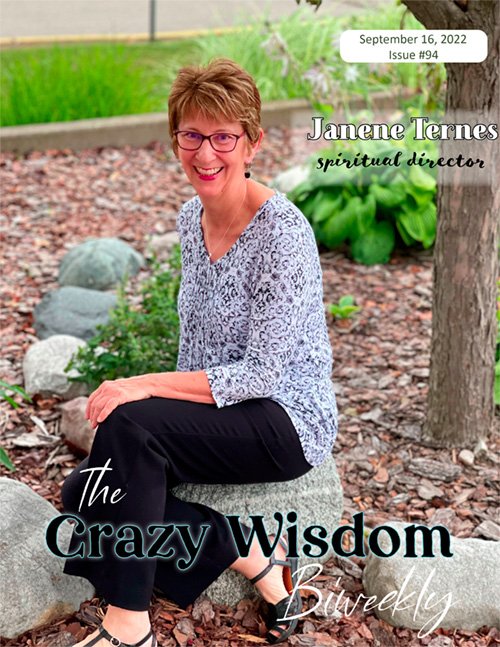
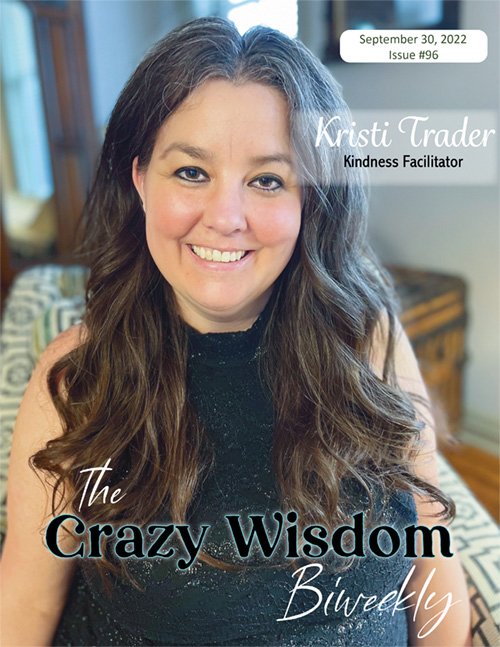
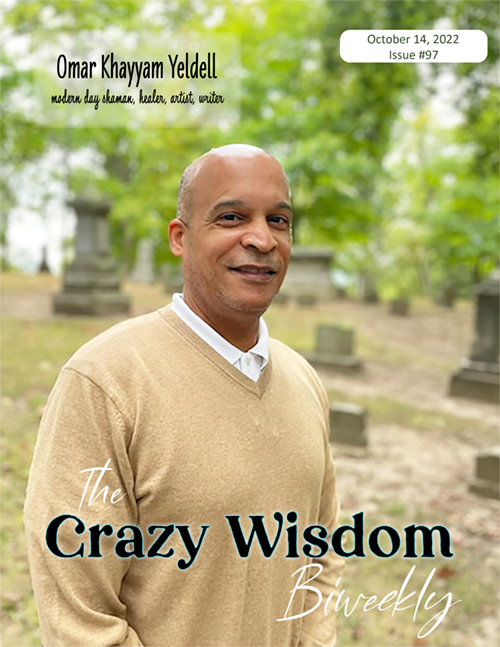










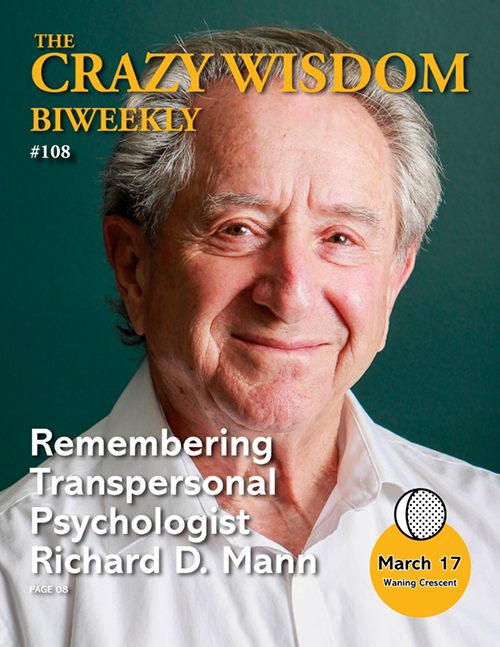
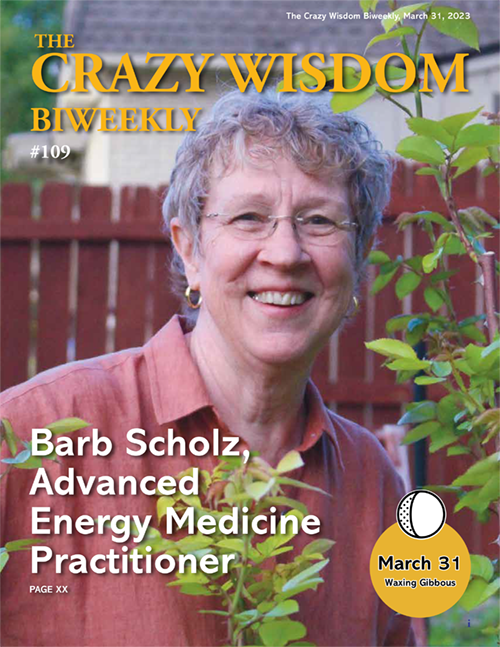
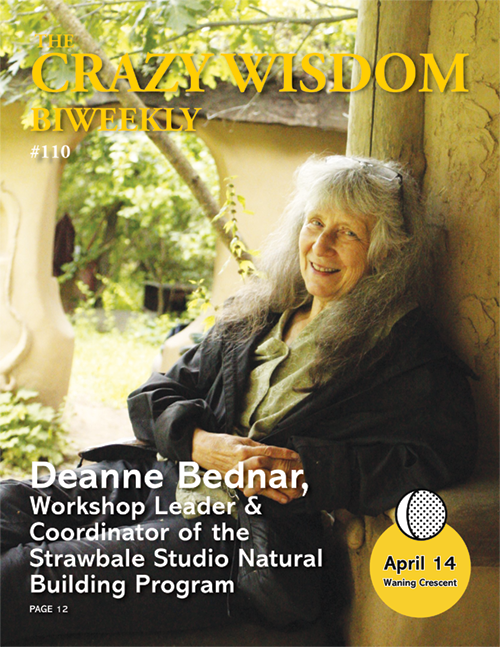
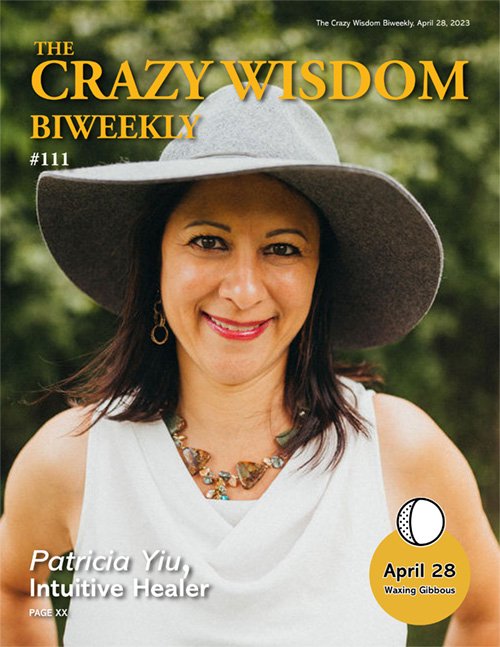

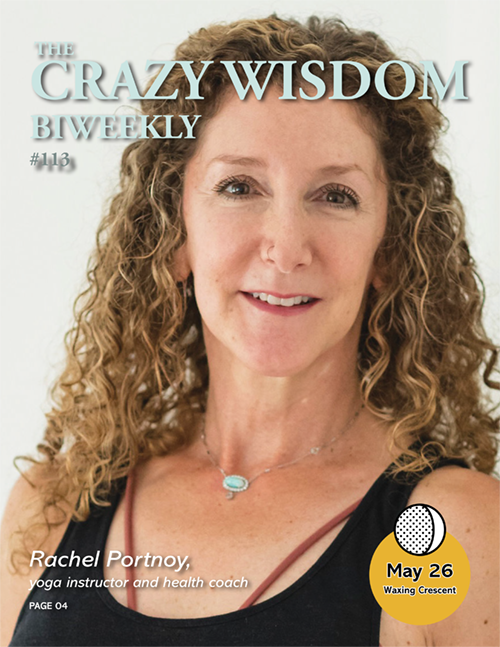

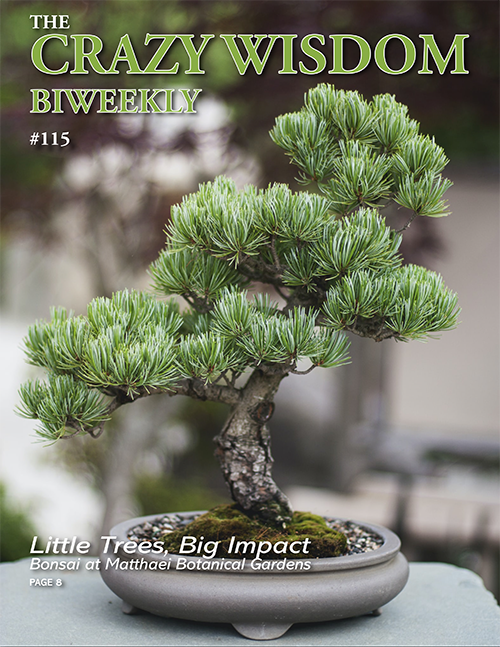
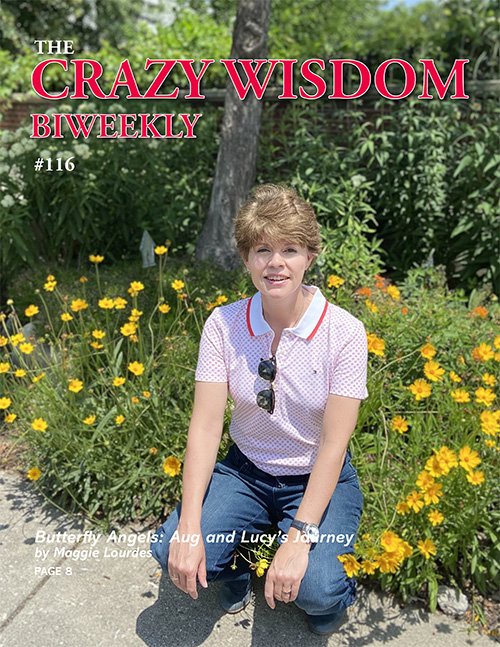
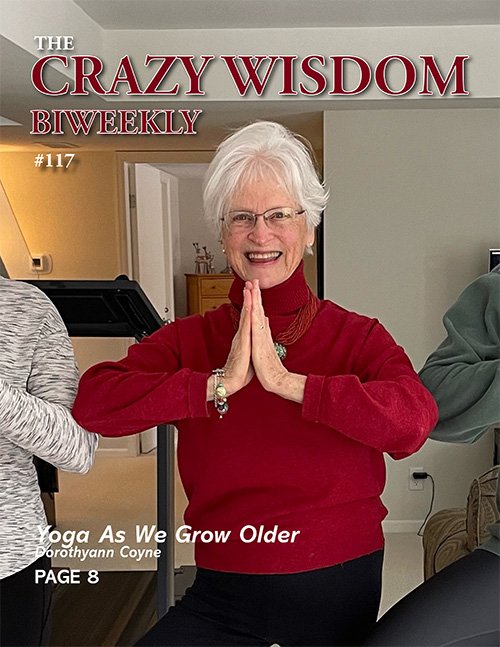
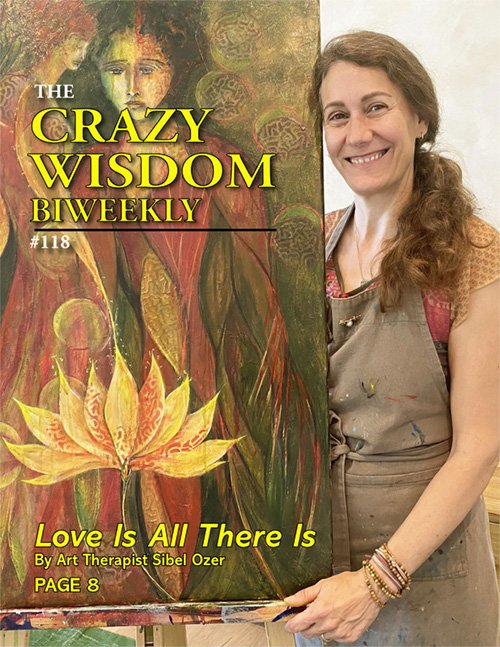
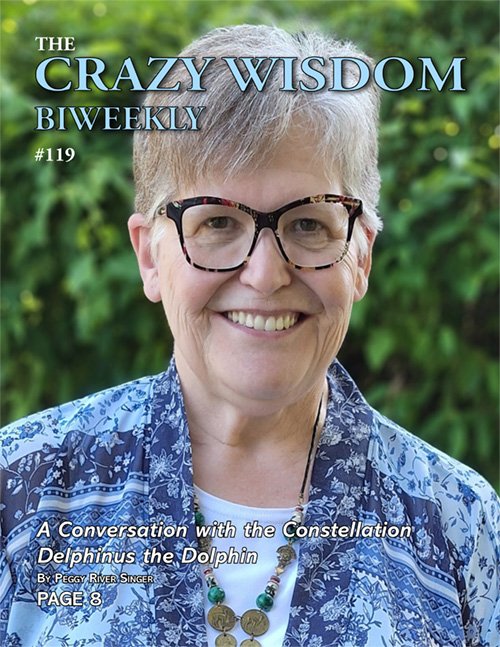

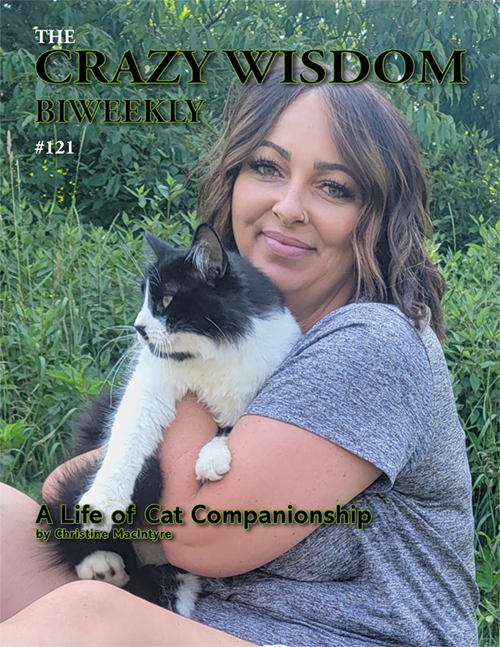
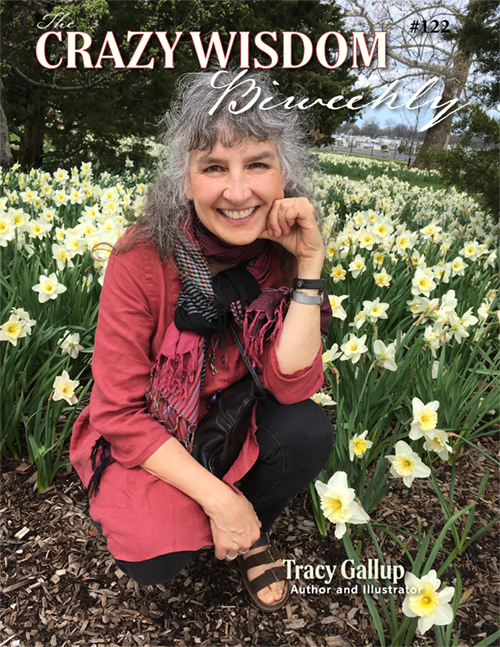
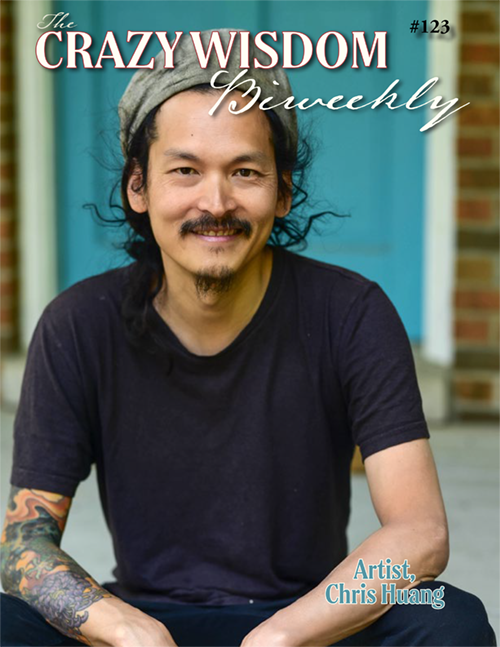

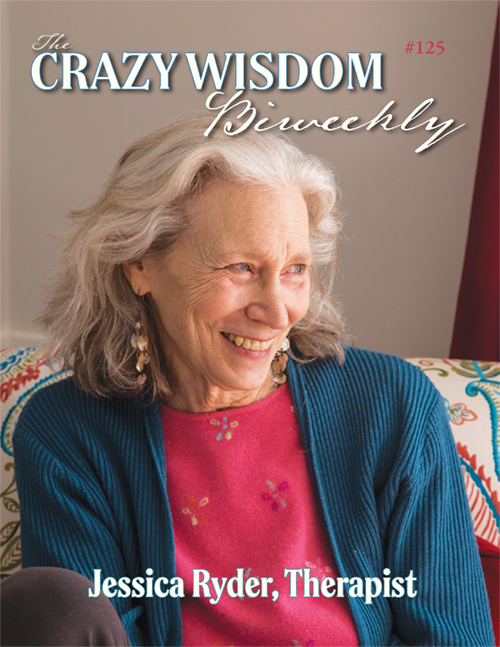

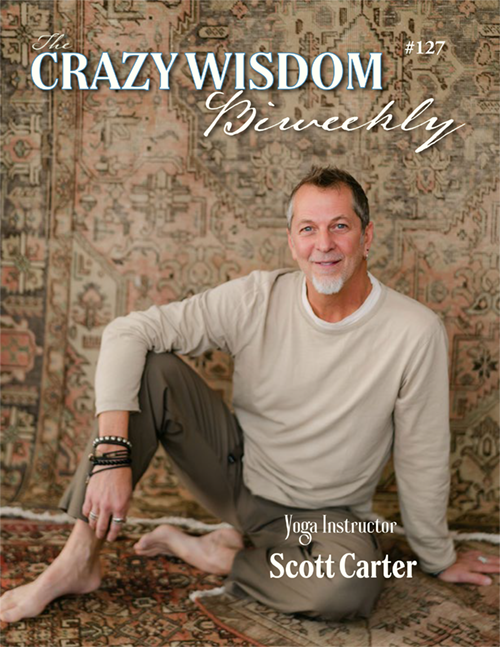

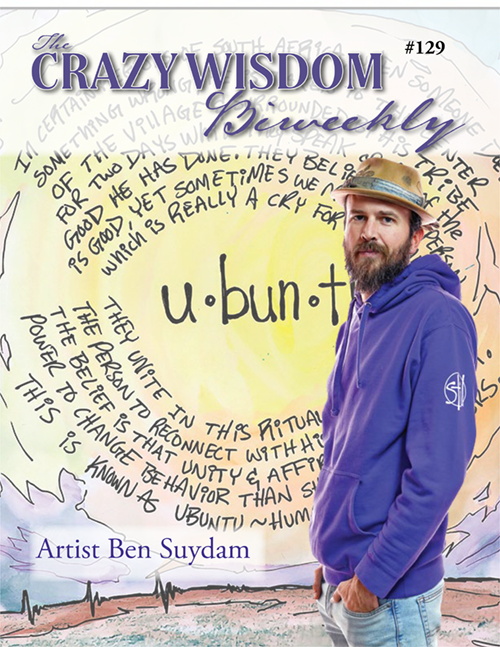
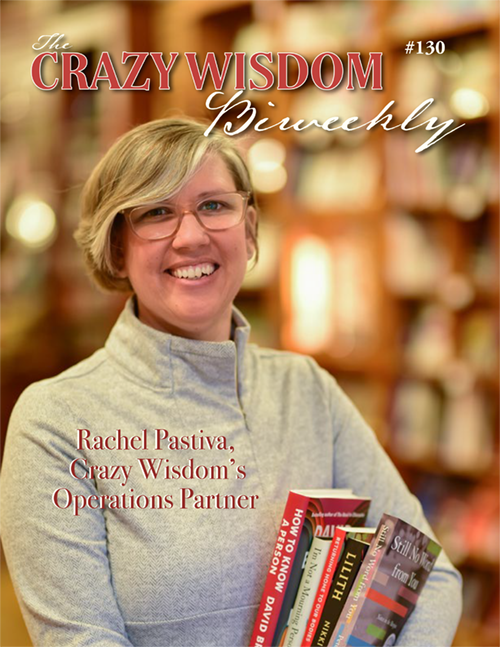

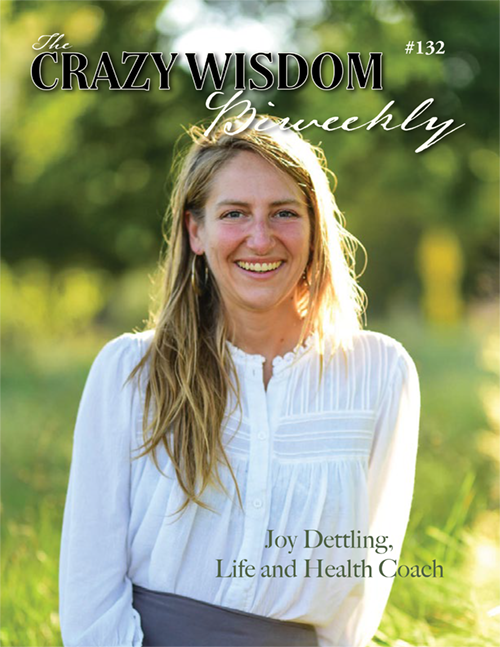
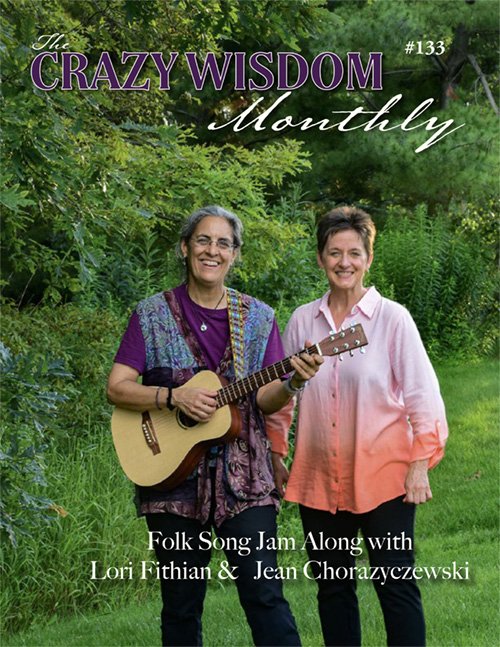












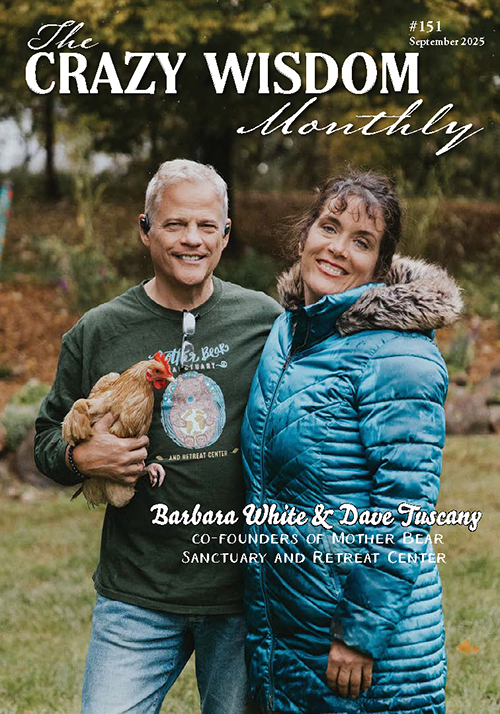



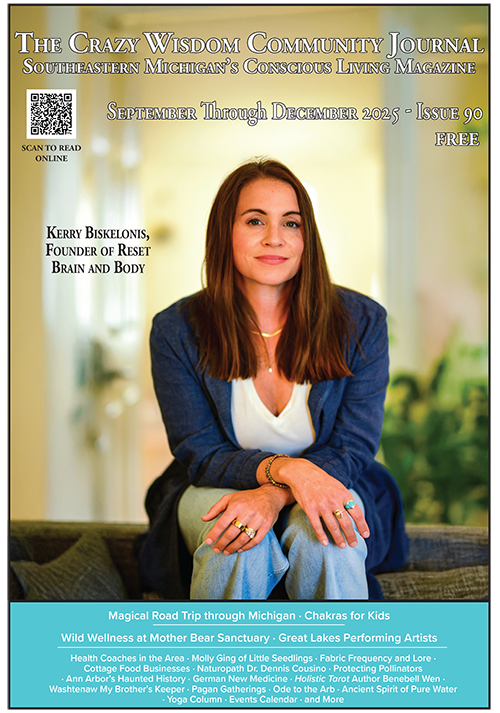







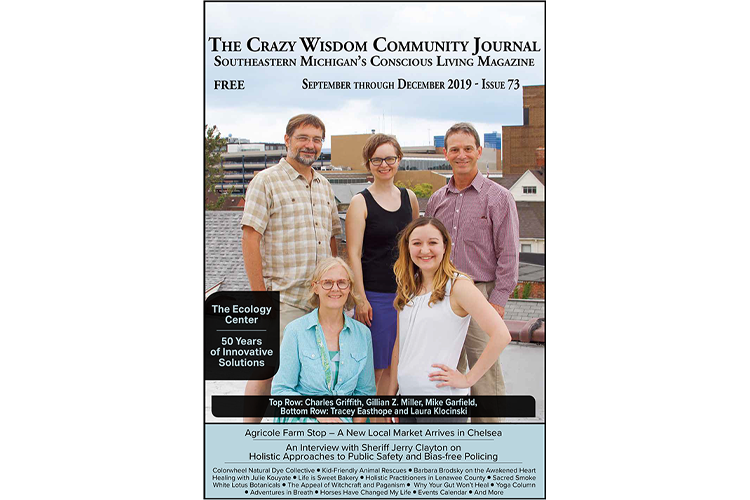
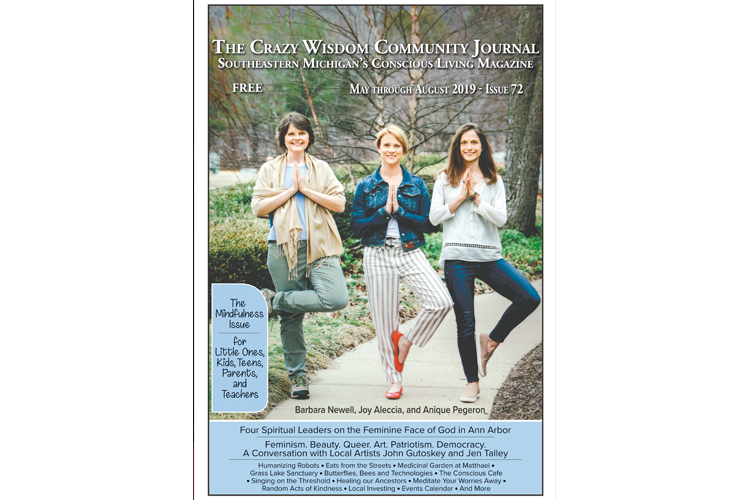


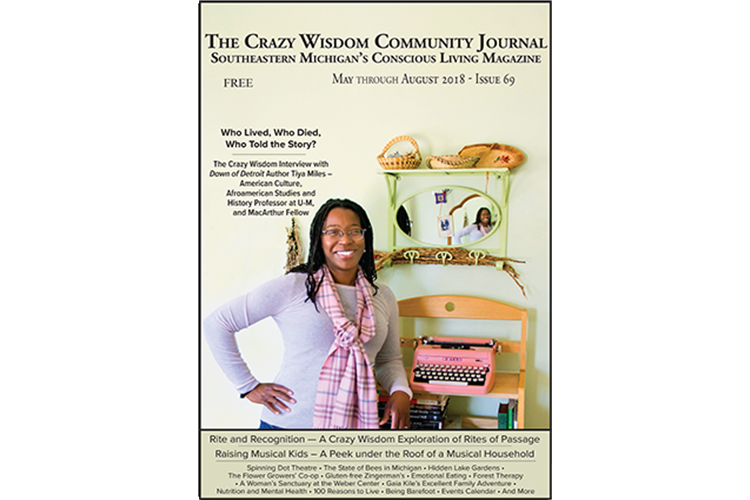

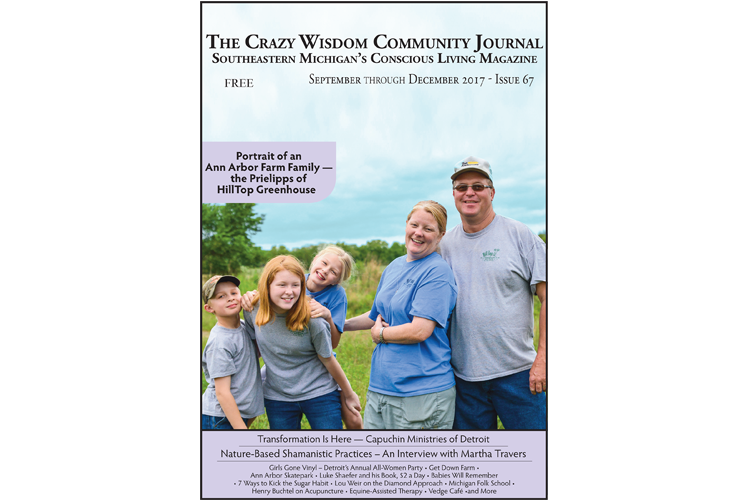
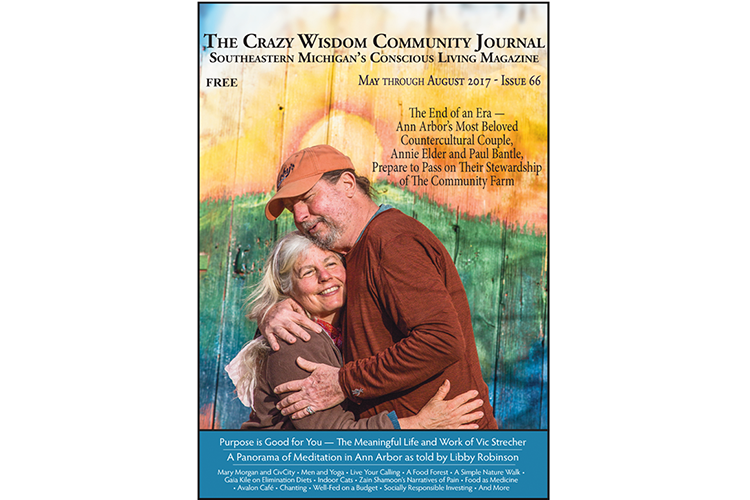
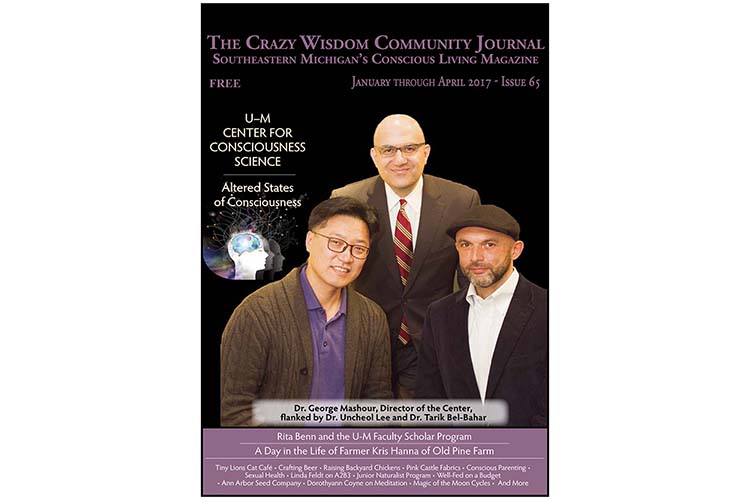
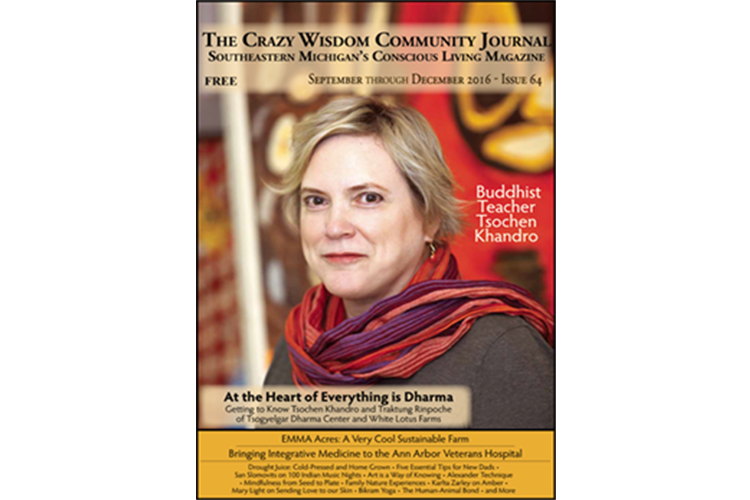
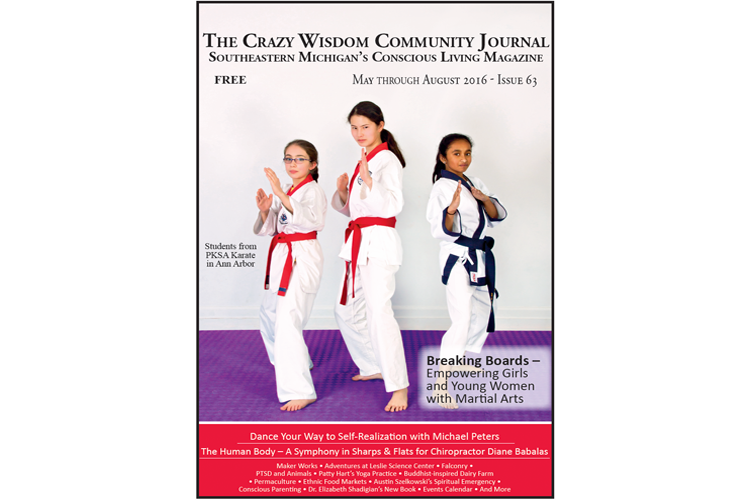
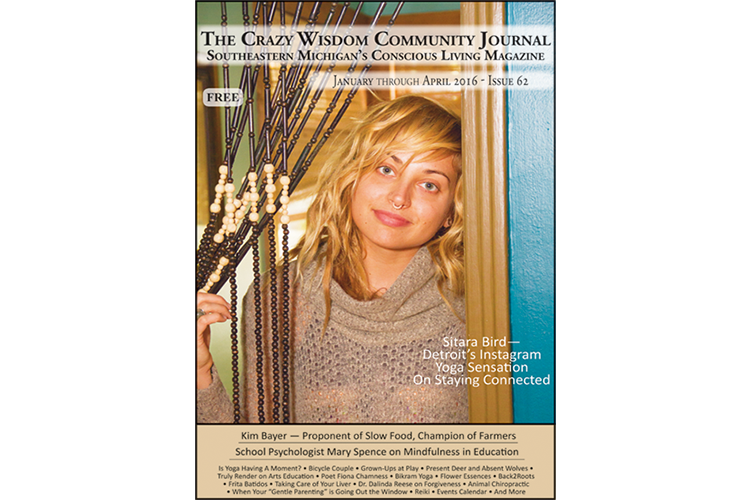




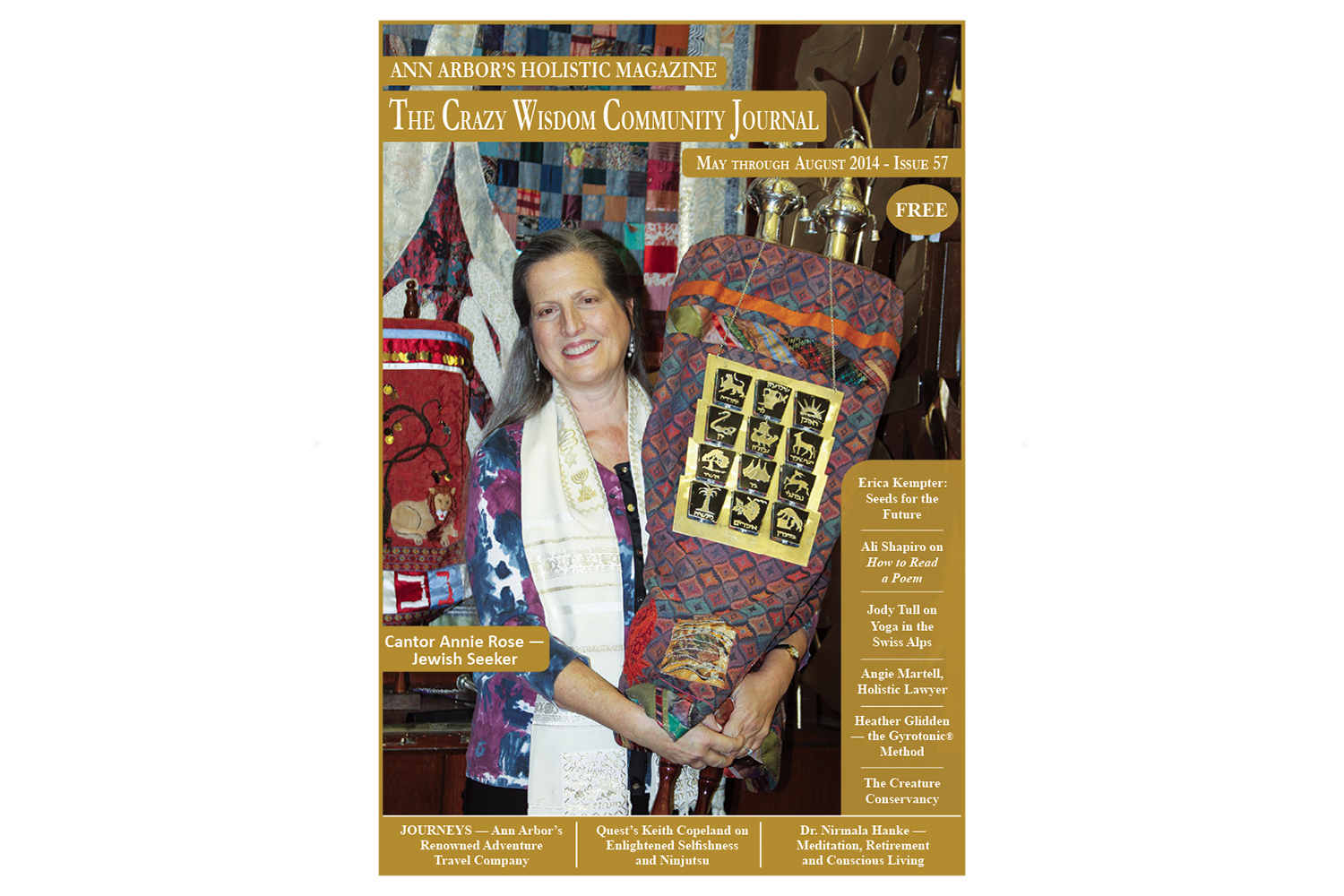
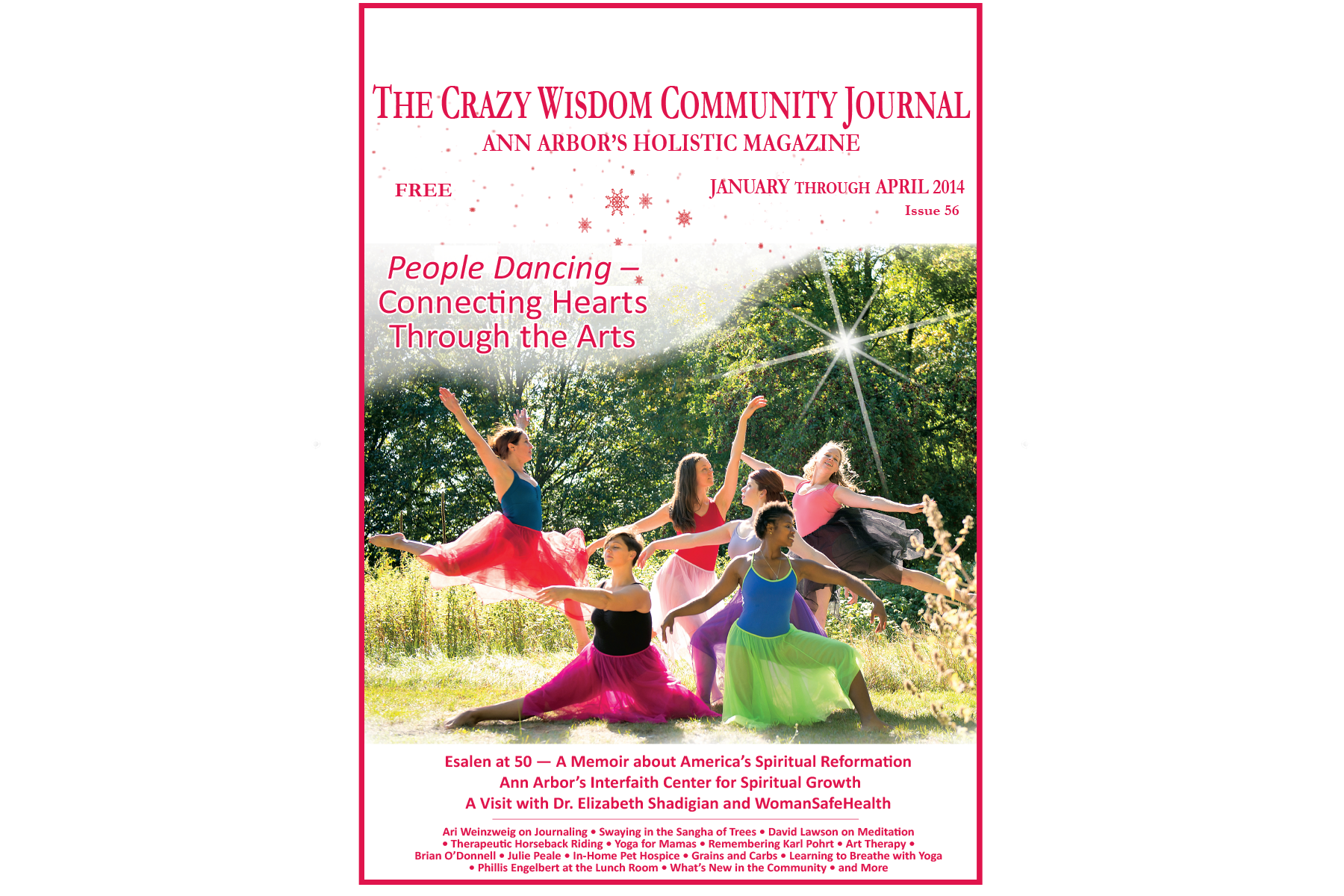
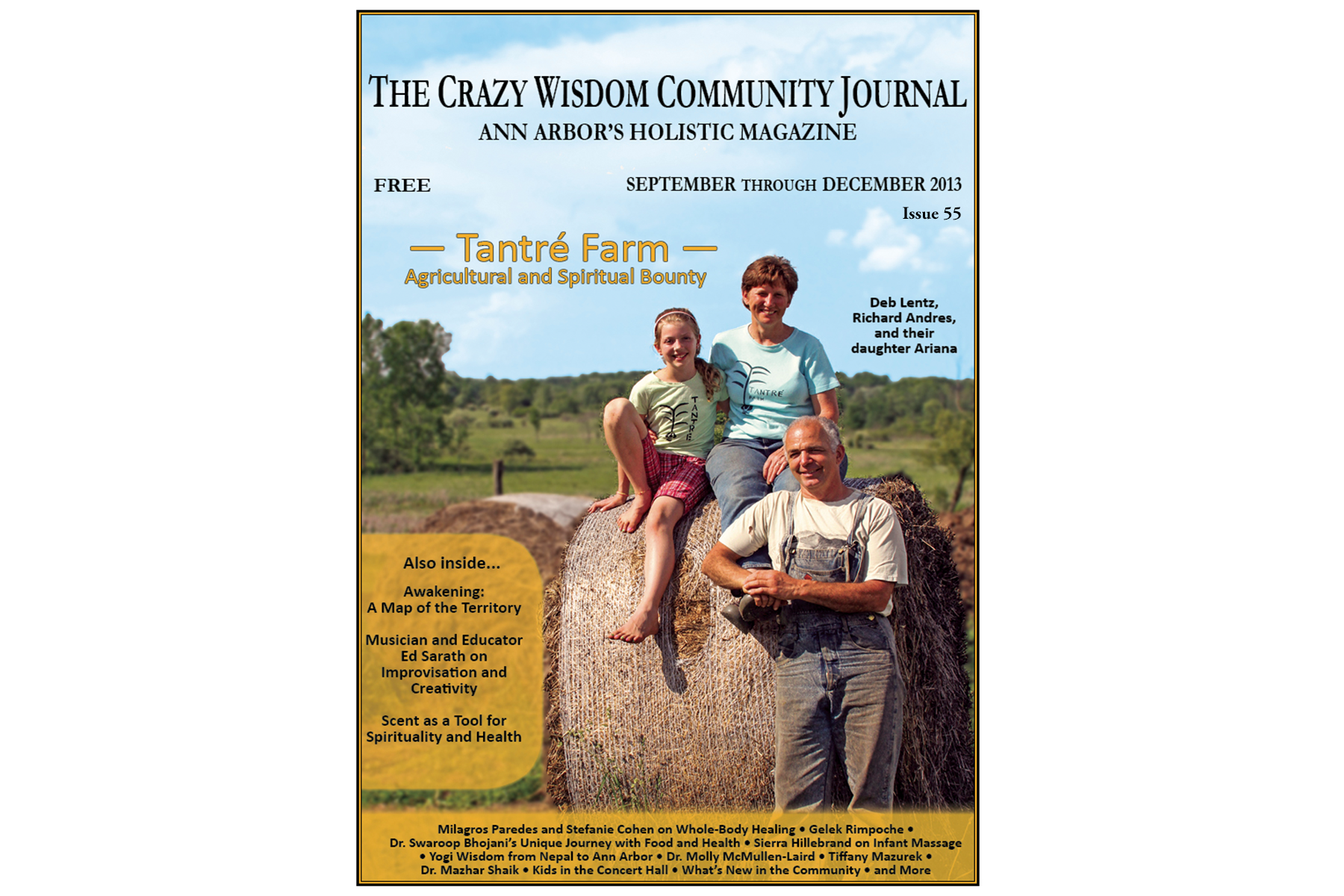
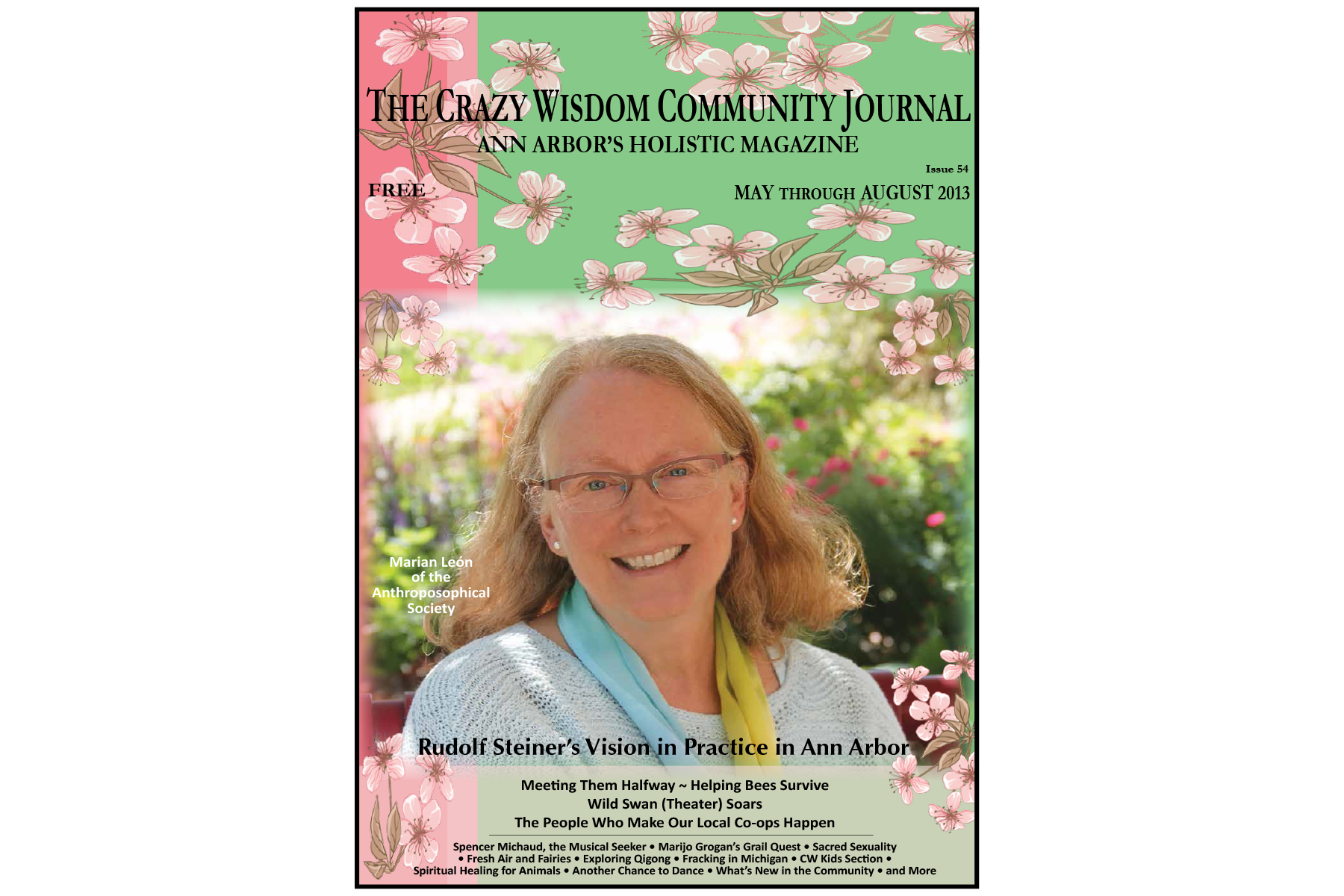
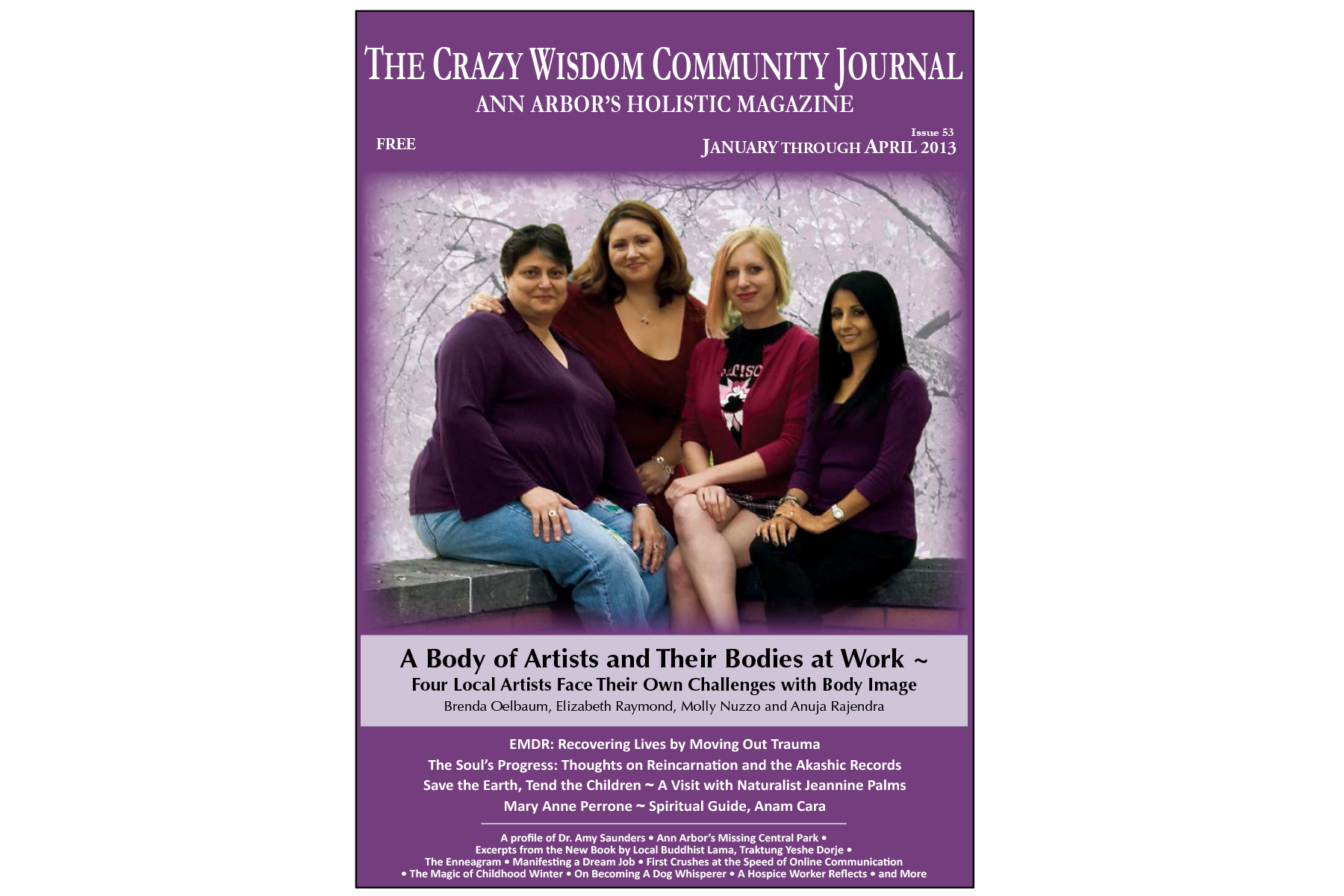
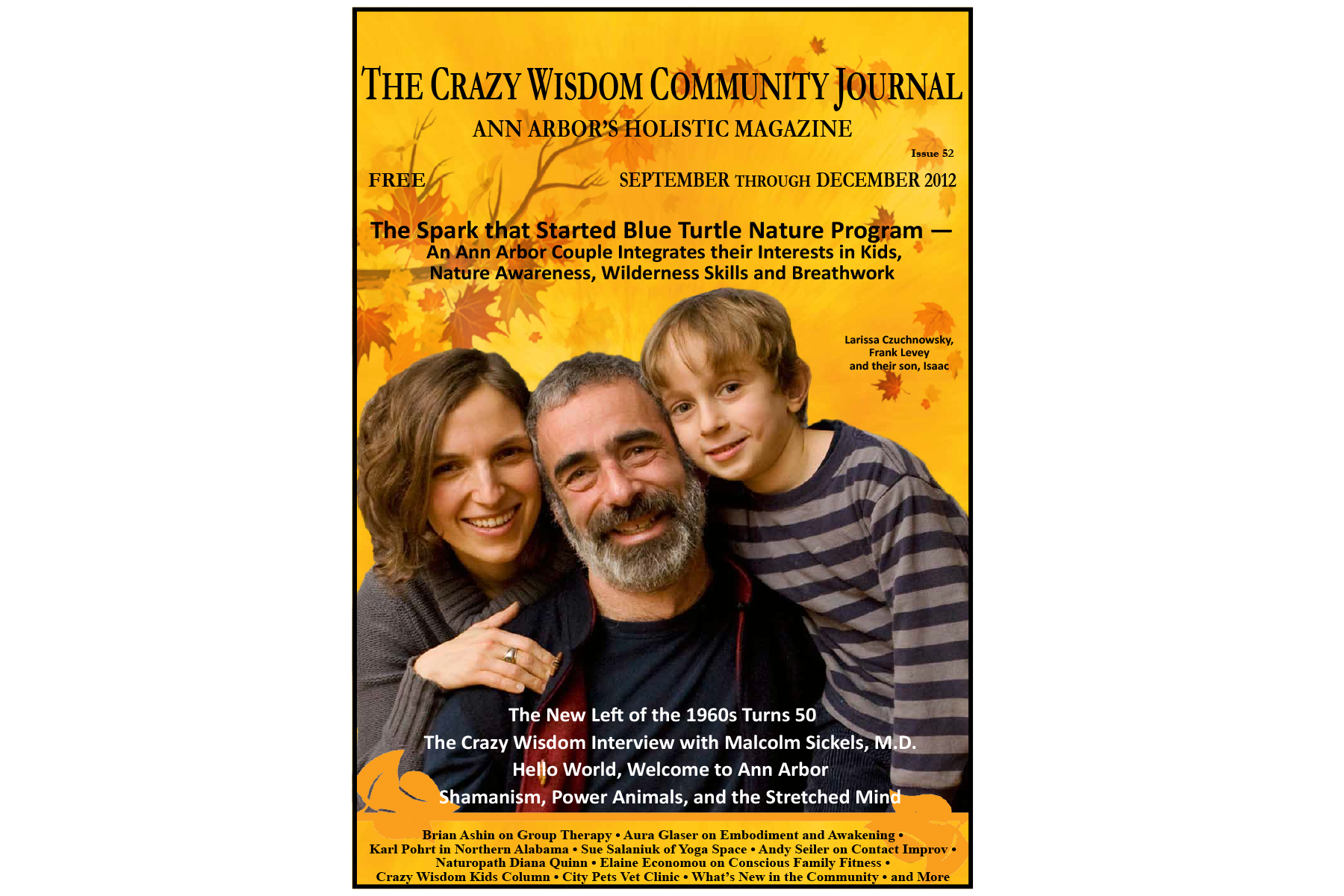
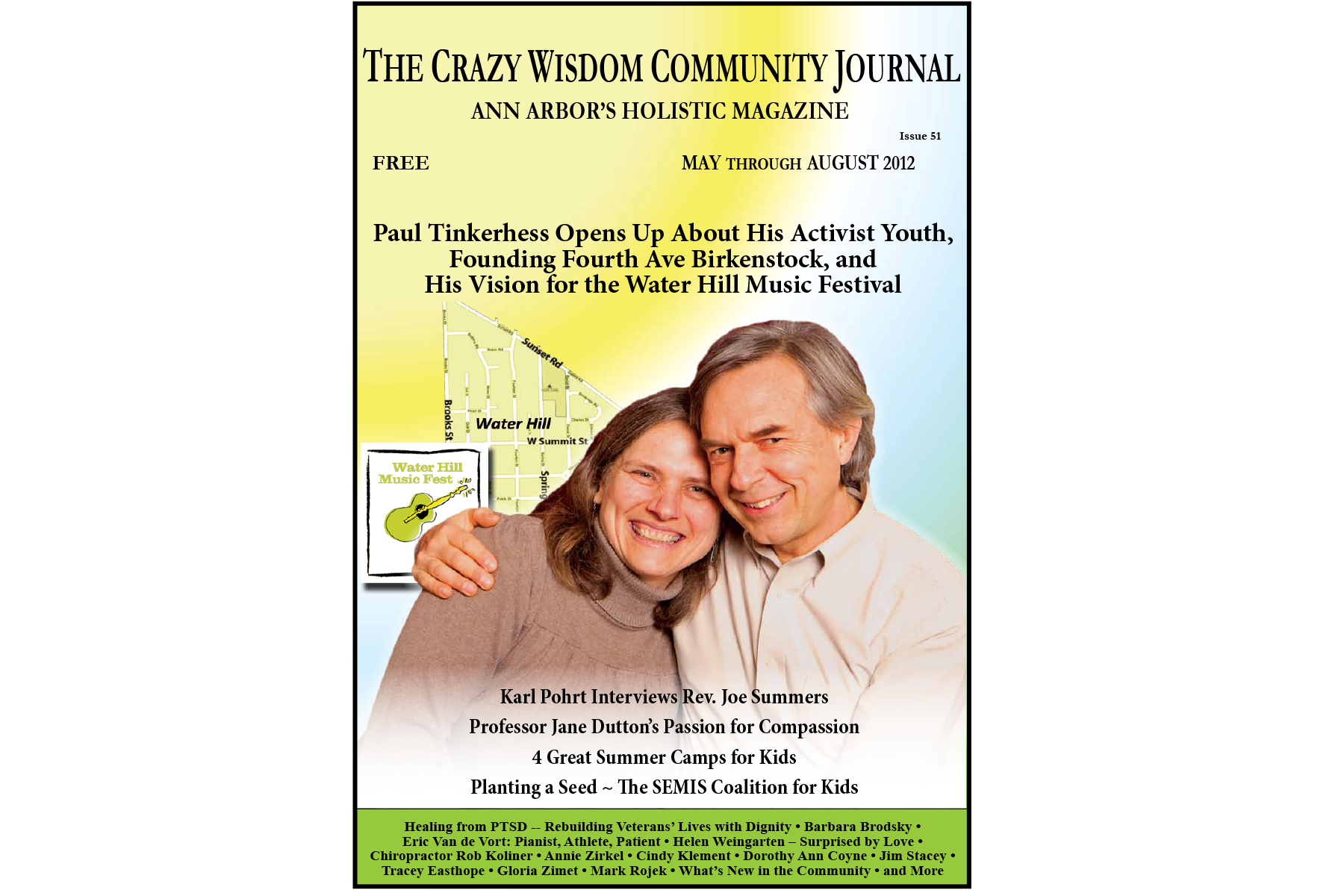


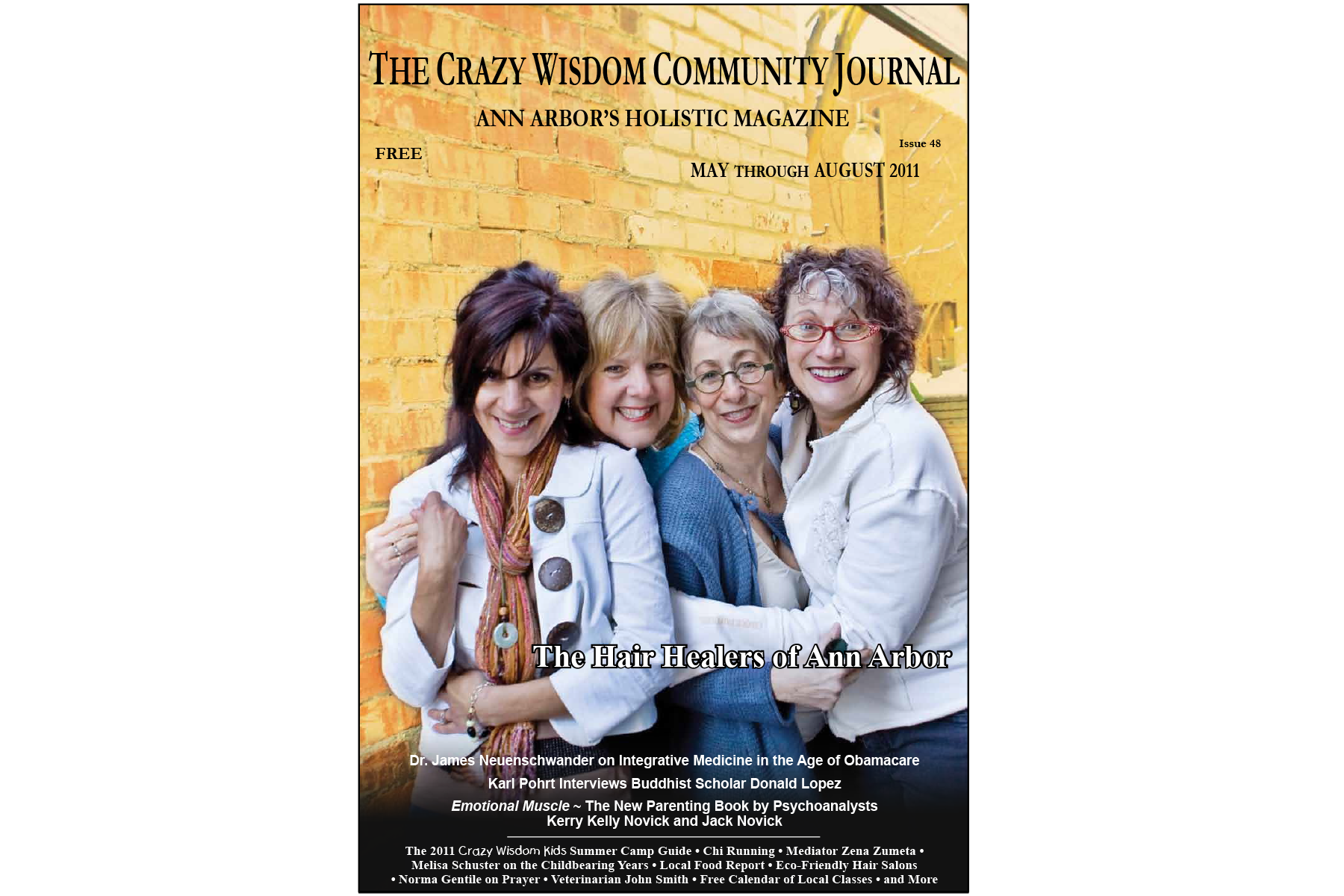

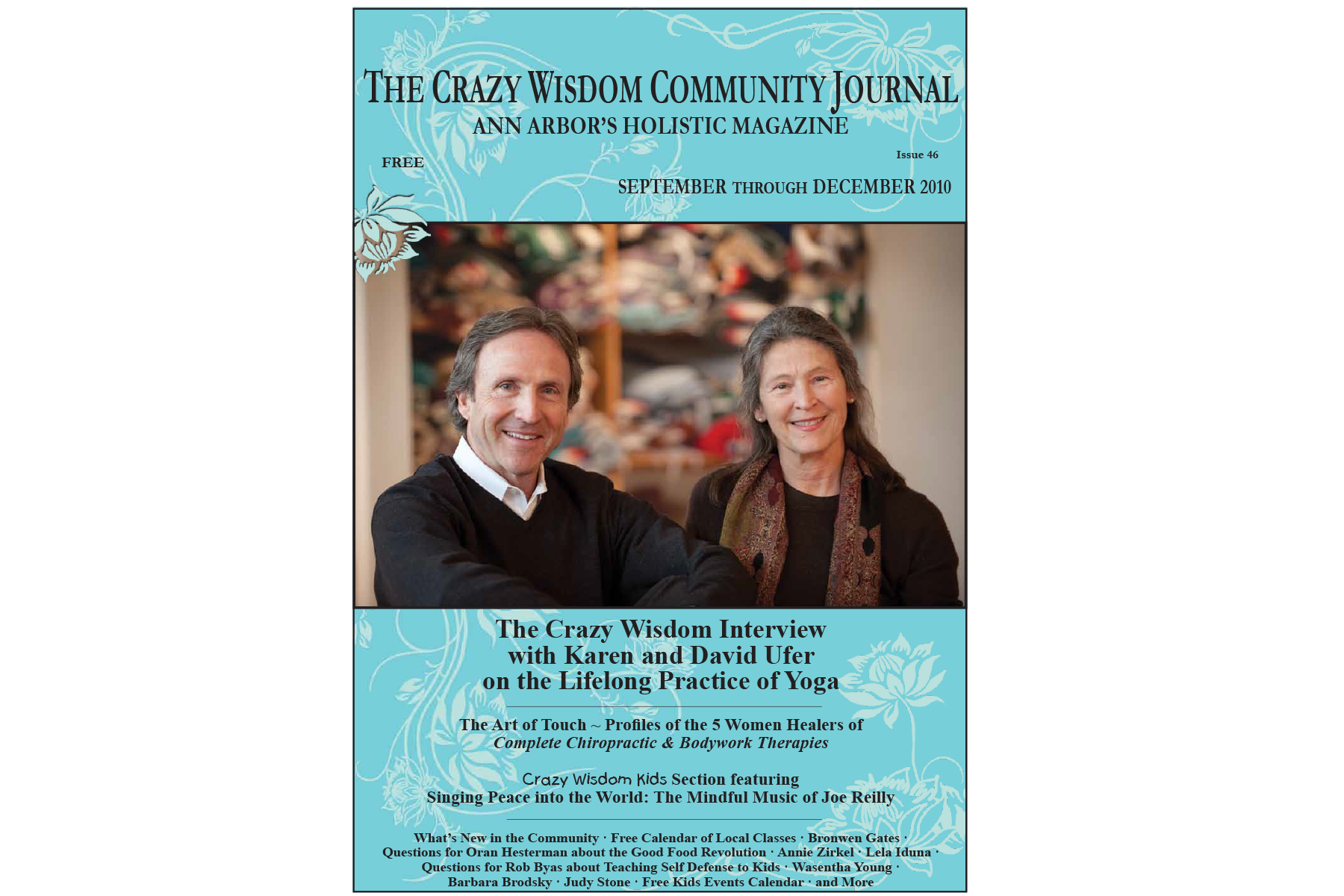

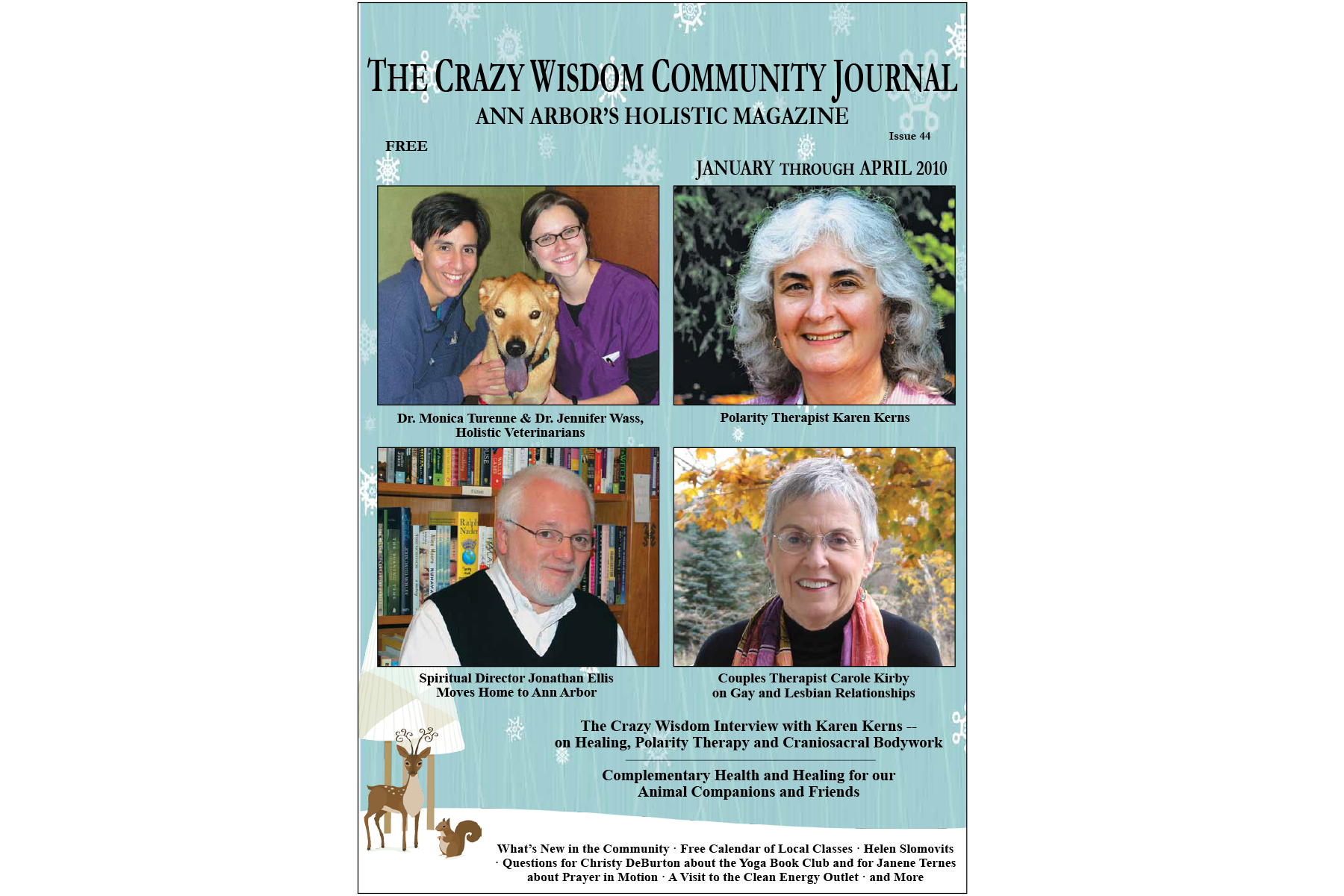



I also adore leading, or more often being led by, these foundational elements of yoga. This is That: Patanjali’s Yoga Sutras Padas 1 and 2 by Anand Mehrotra, gets right to the heart of your question when he writes “… it is very dangerous to translate it merely as “Thou shall speak the truth and only the truth.”” He goes on to explain that all of our truths are subjective, based our own experiences, and not based on any universal or unbiased truth. He extrapolates that if we are in conflict, our truth is filtered through the lens of that conflict.